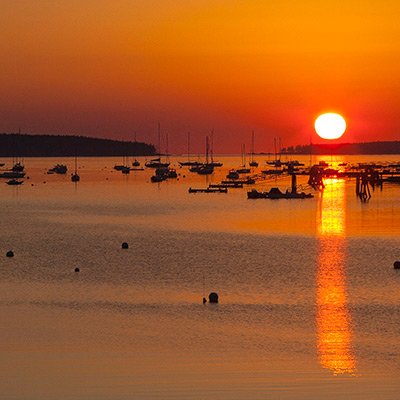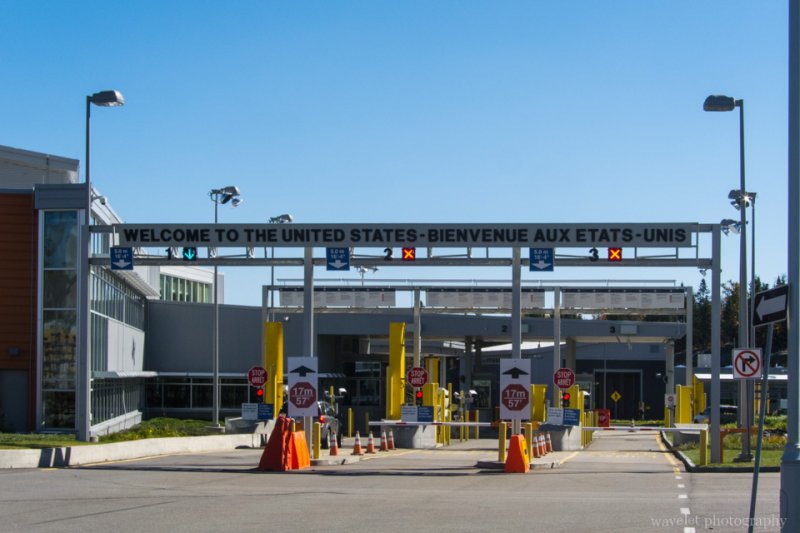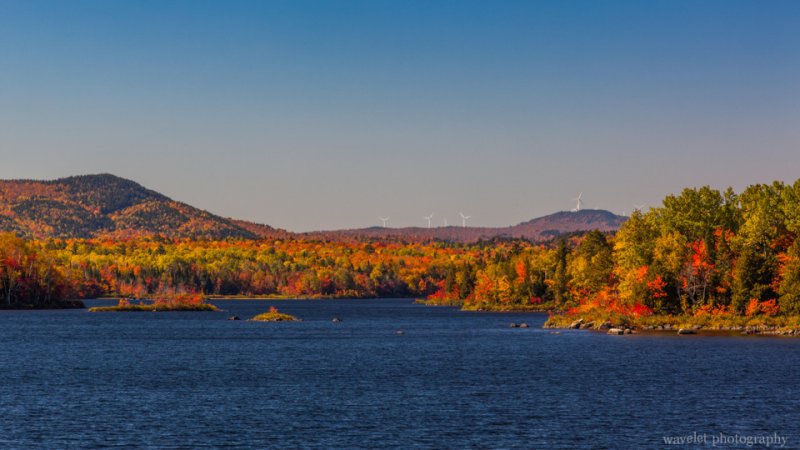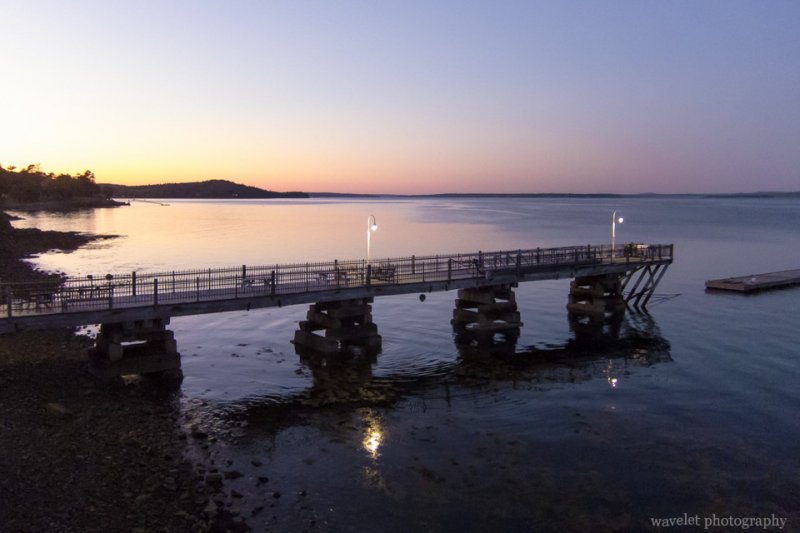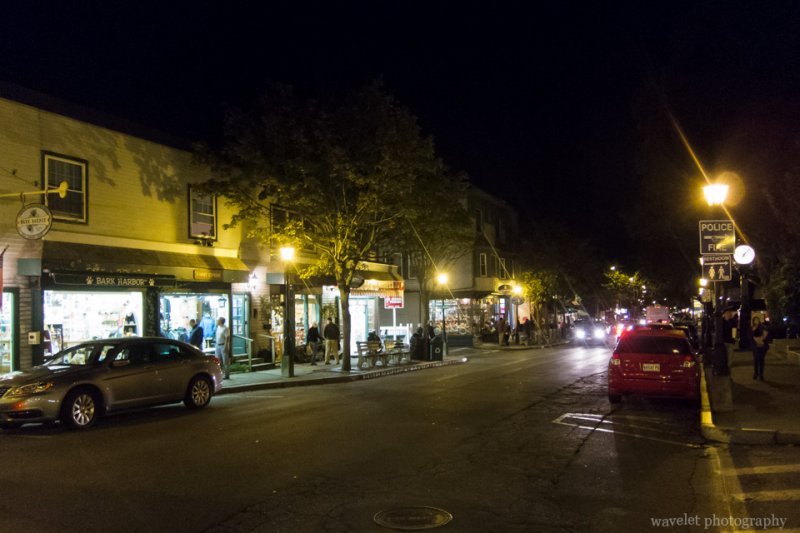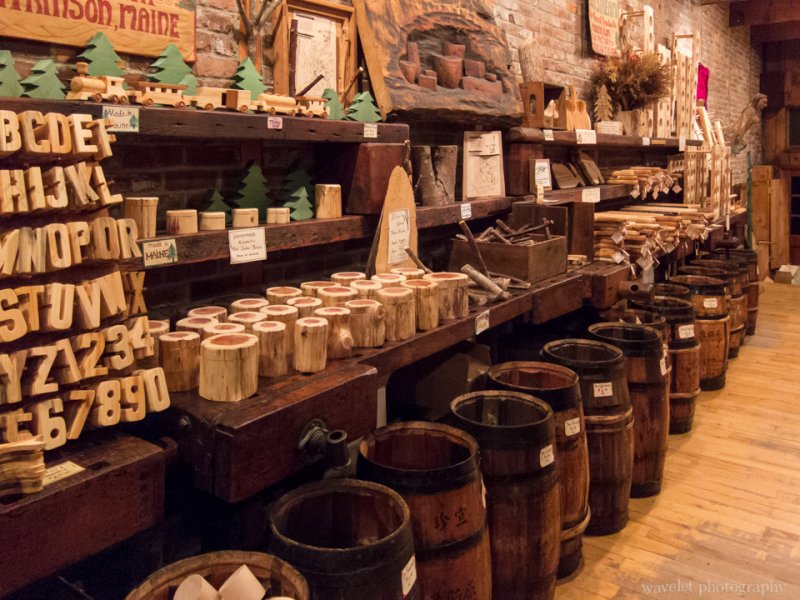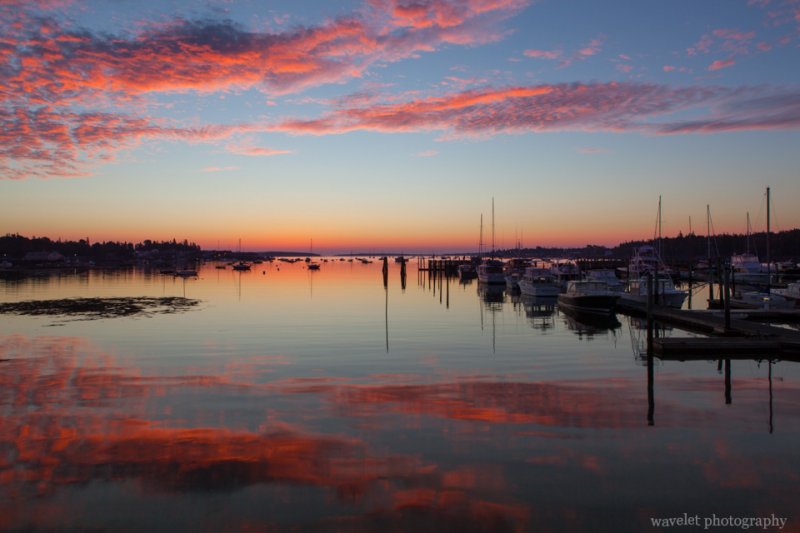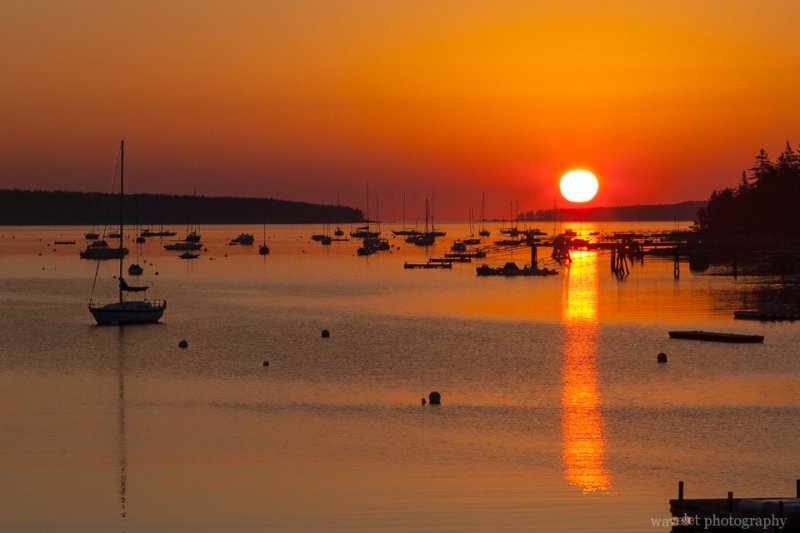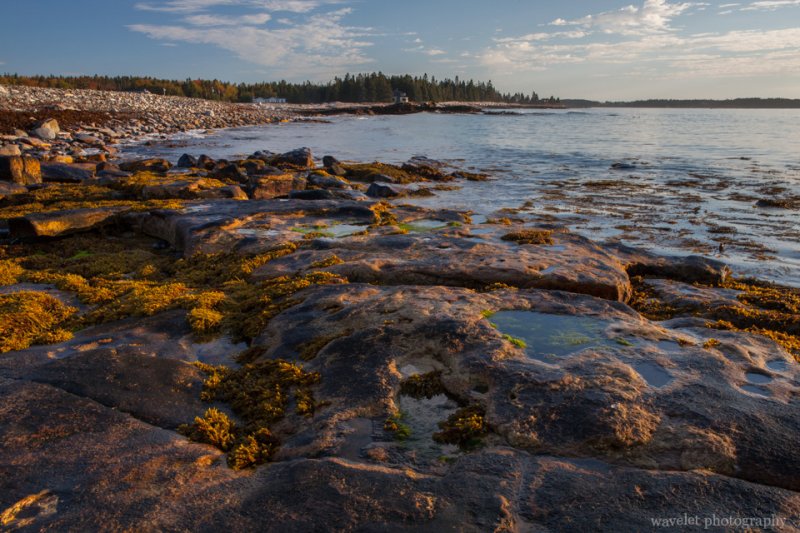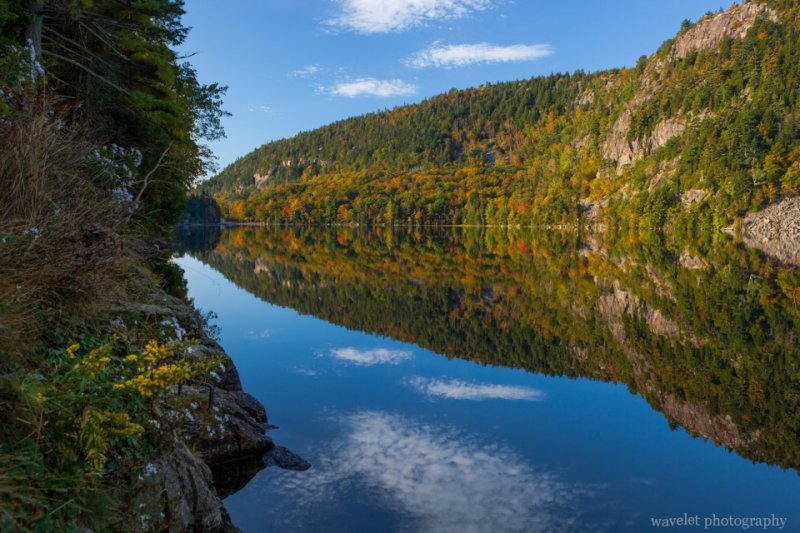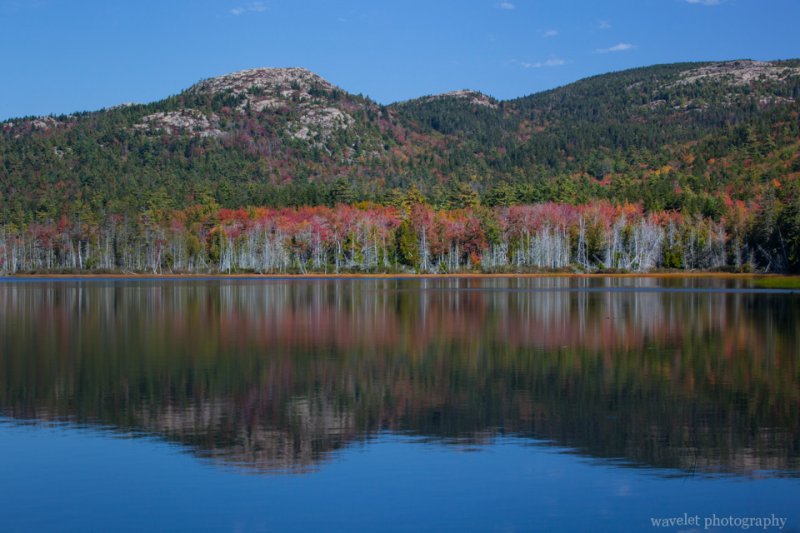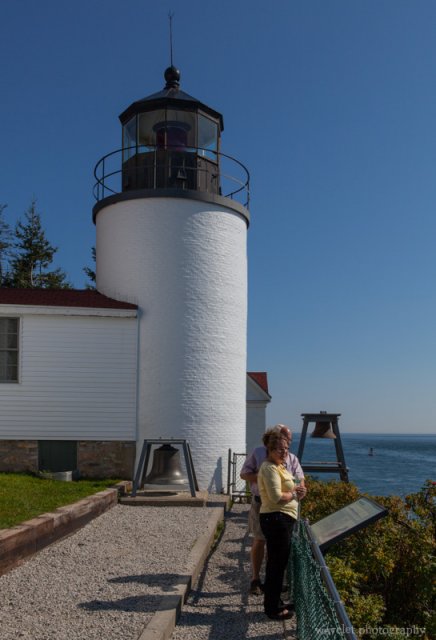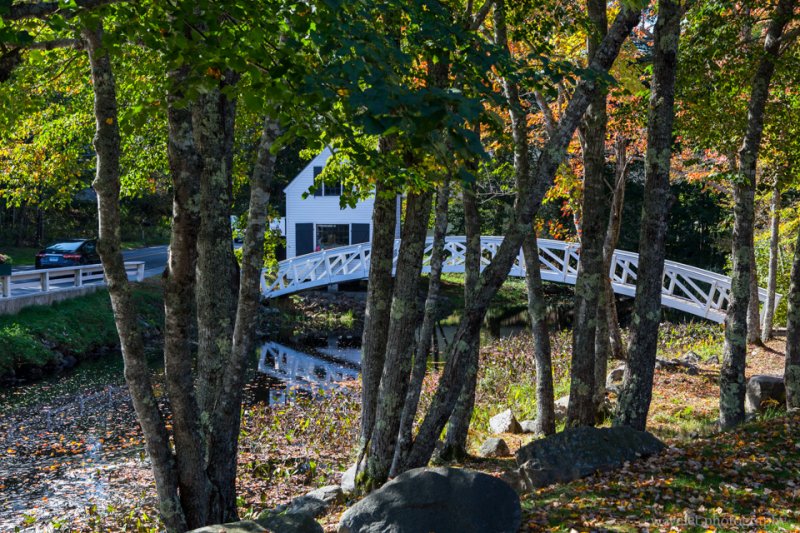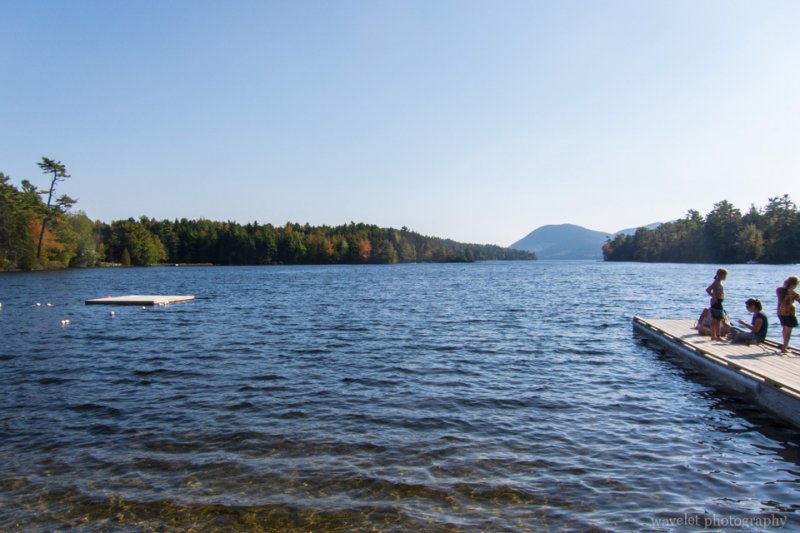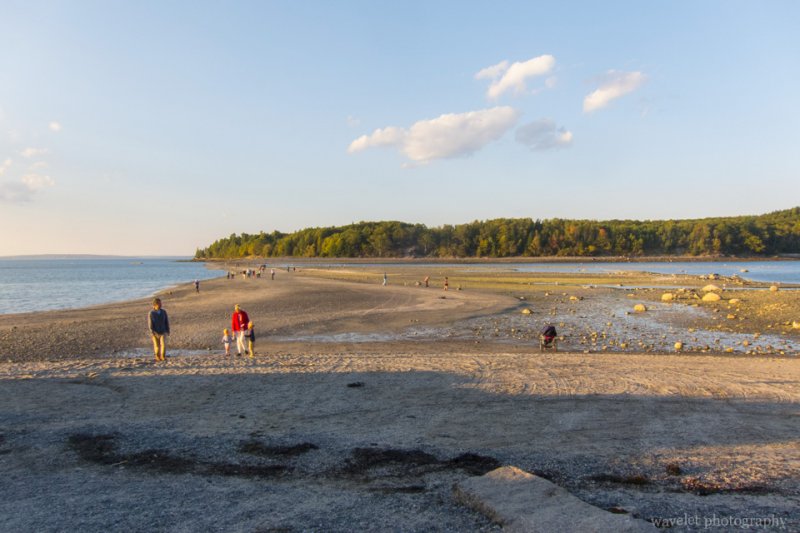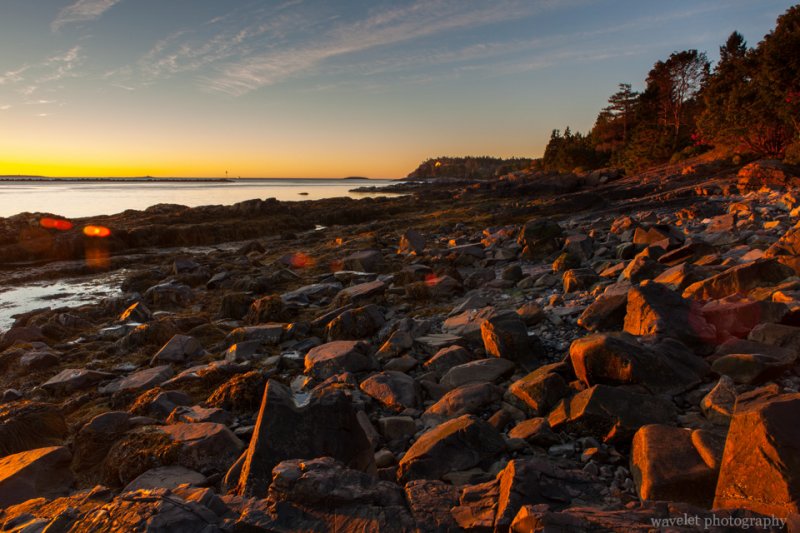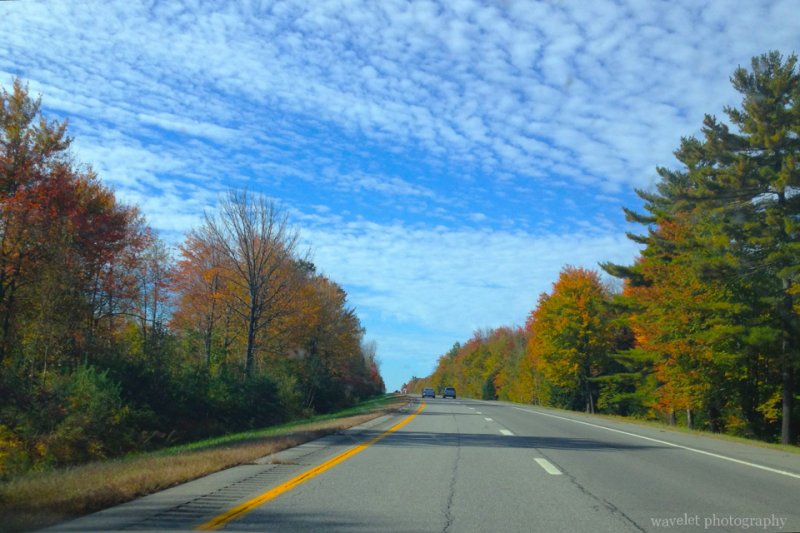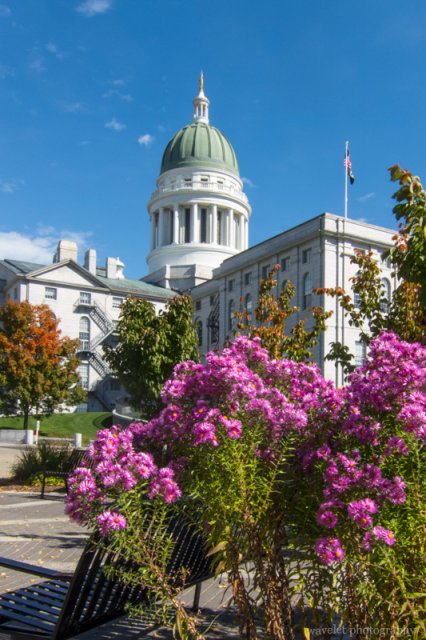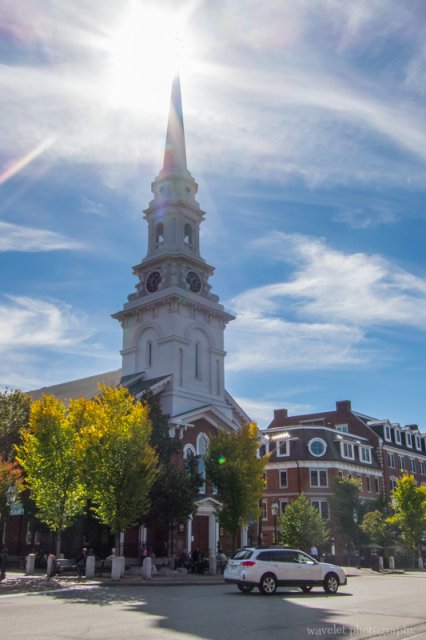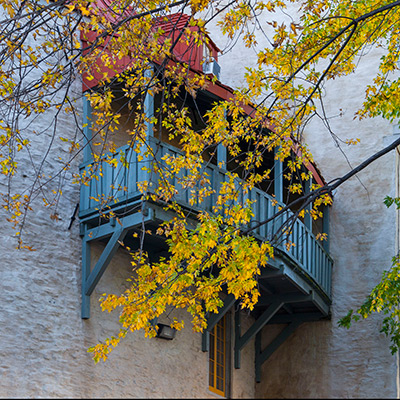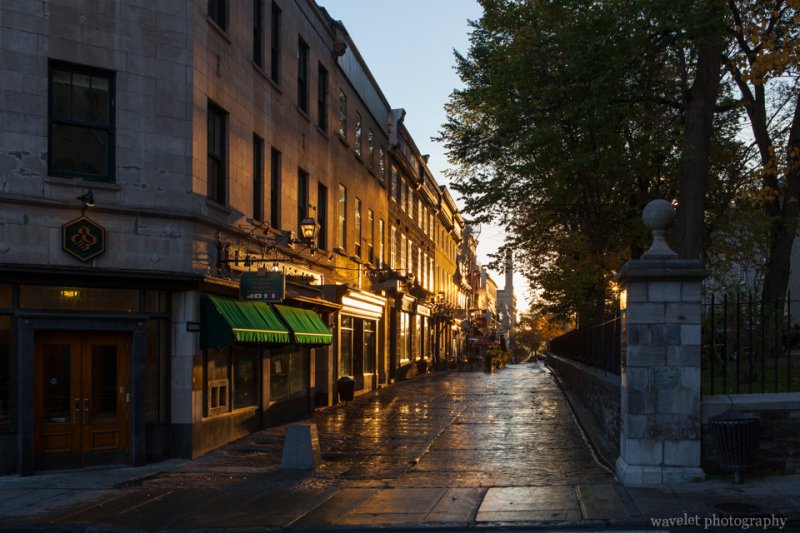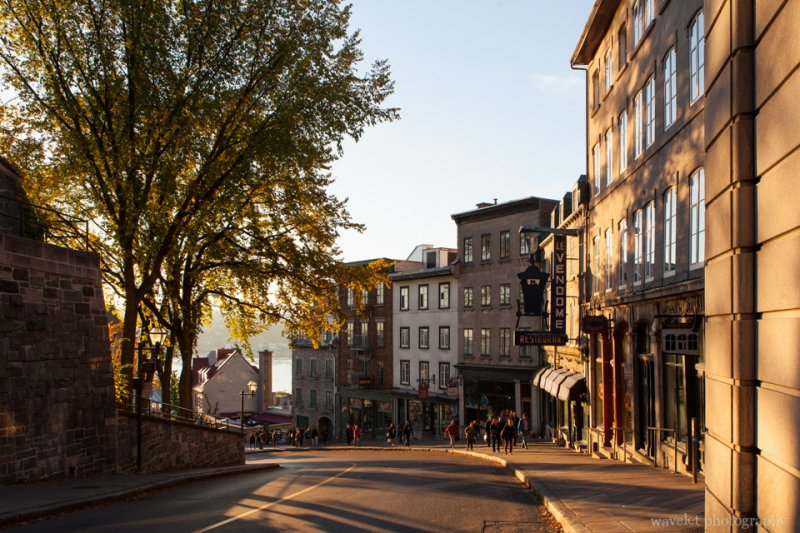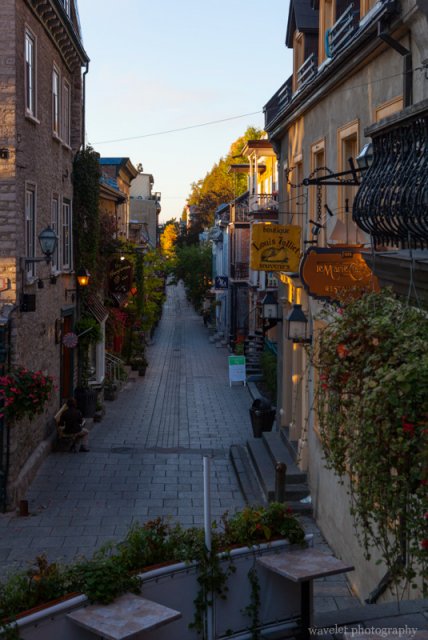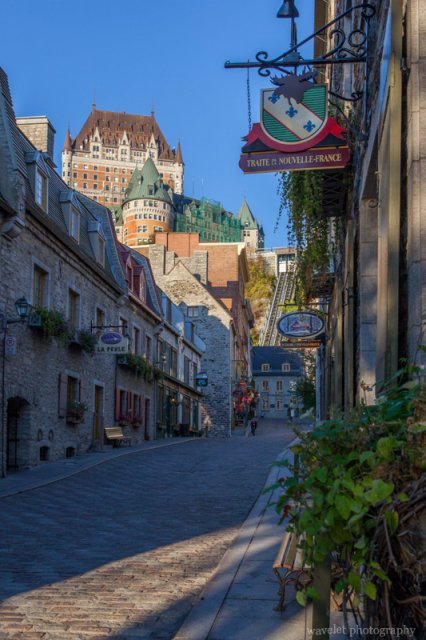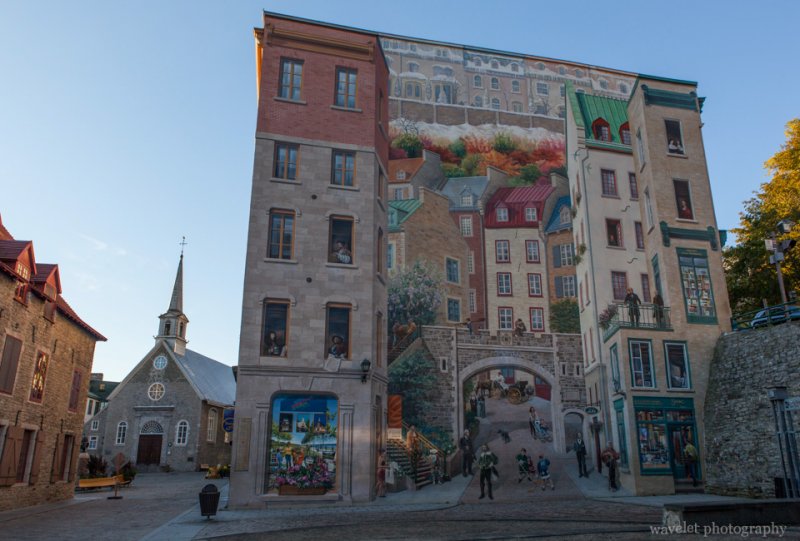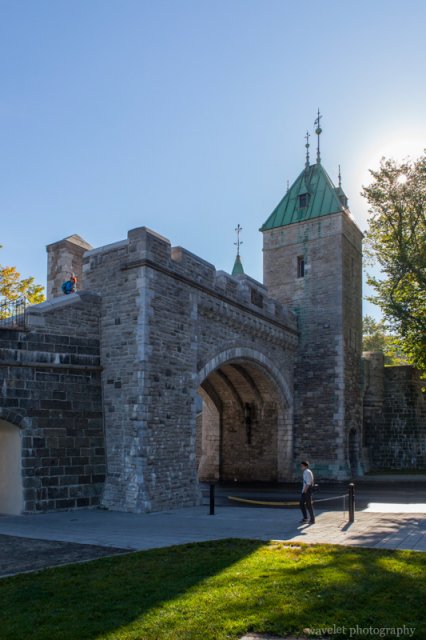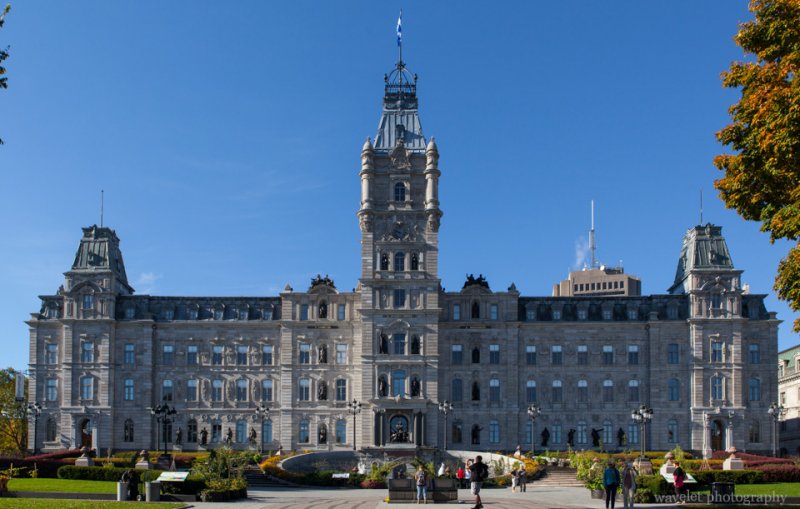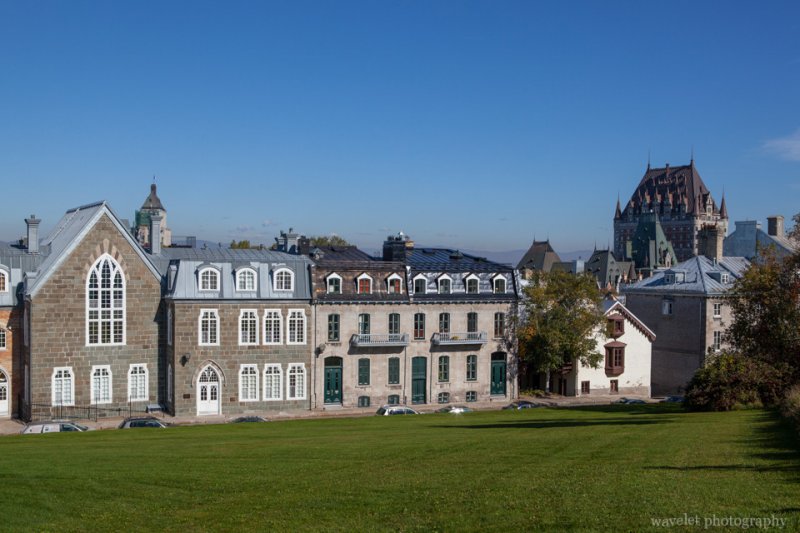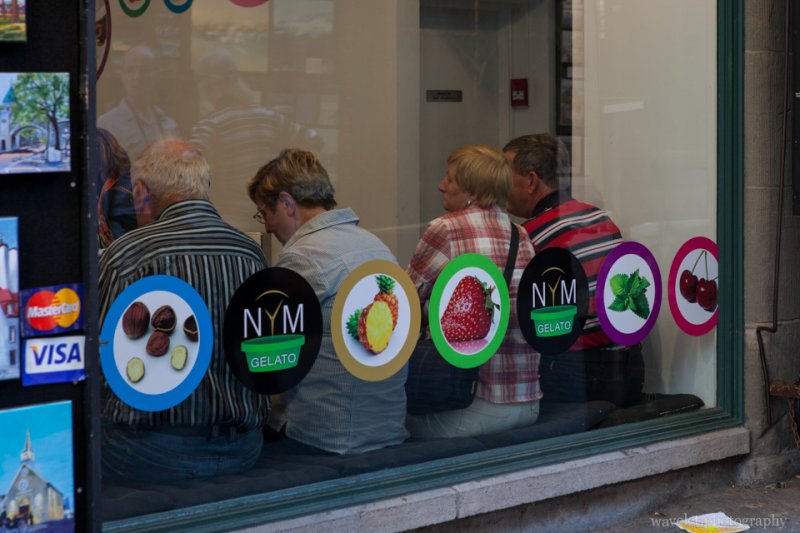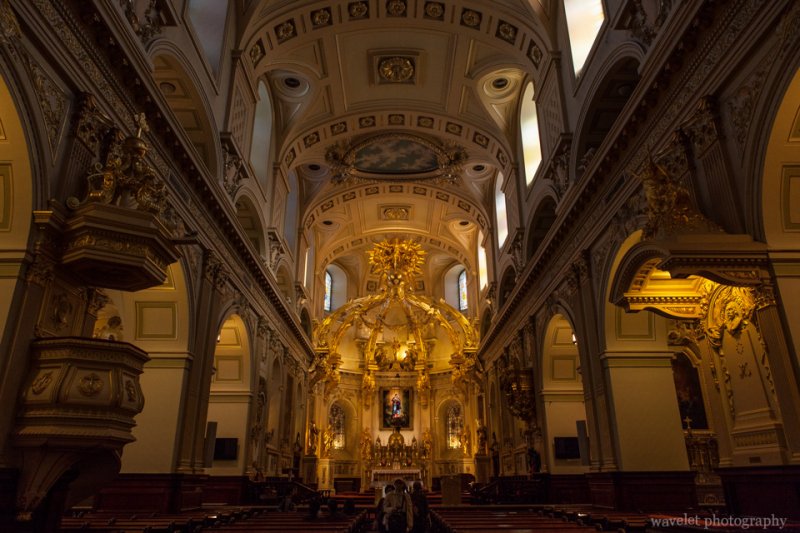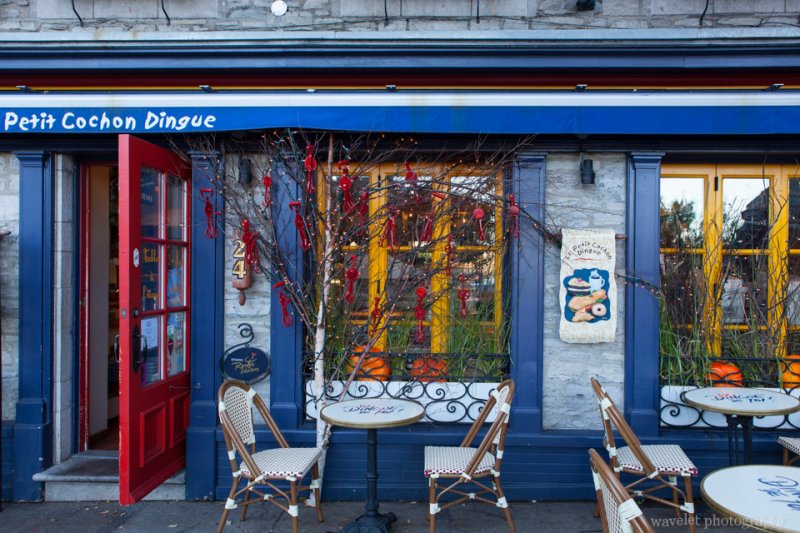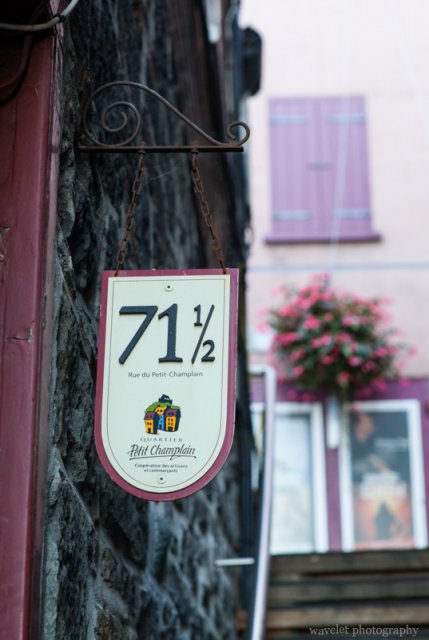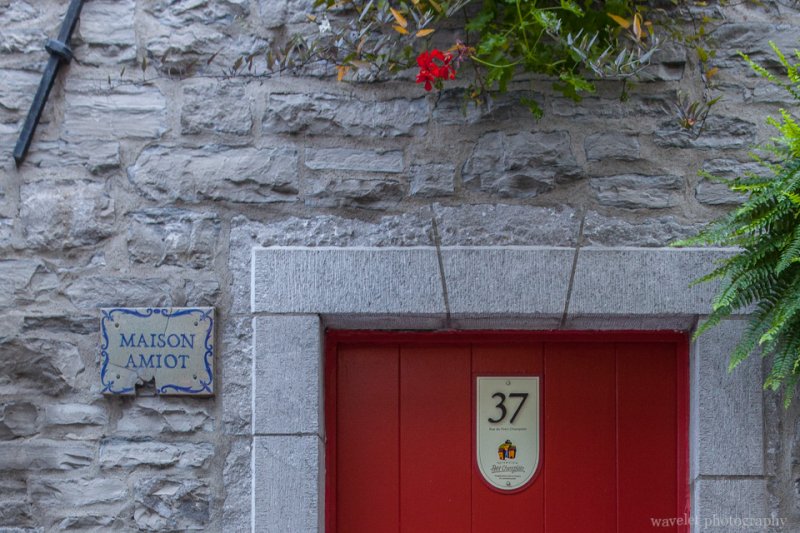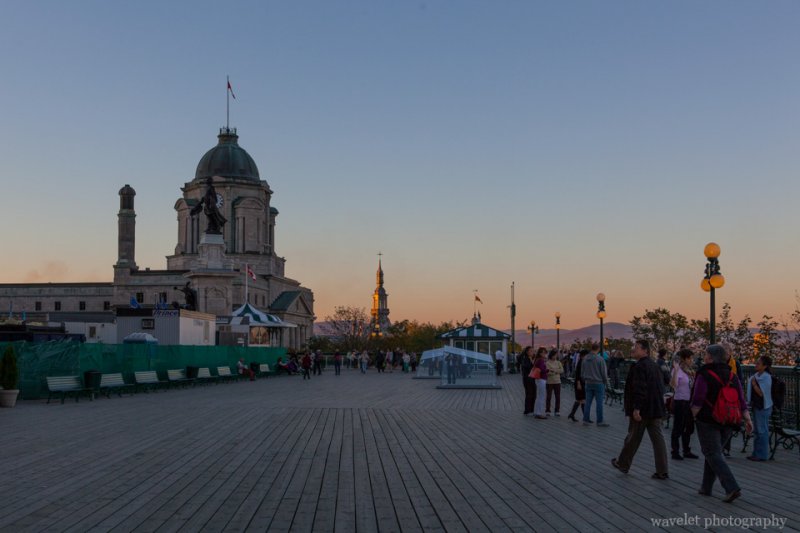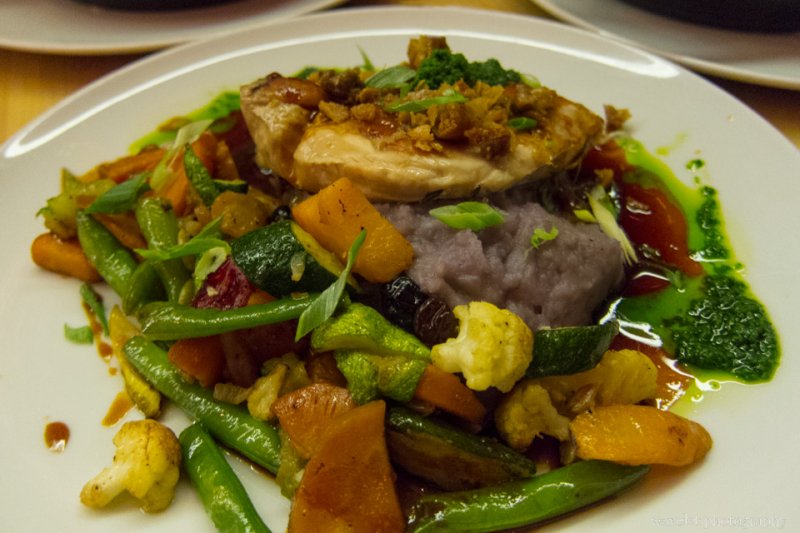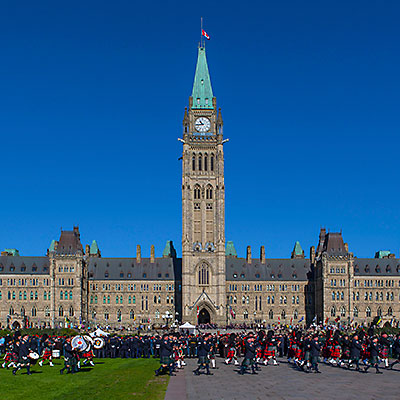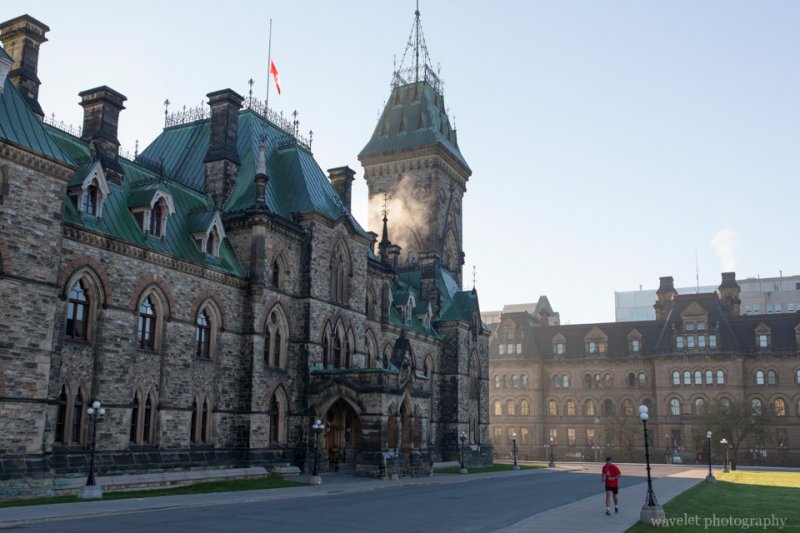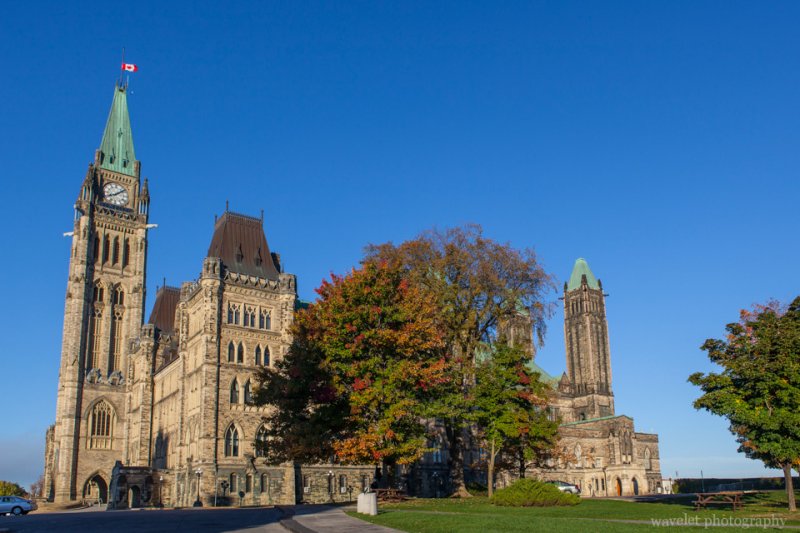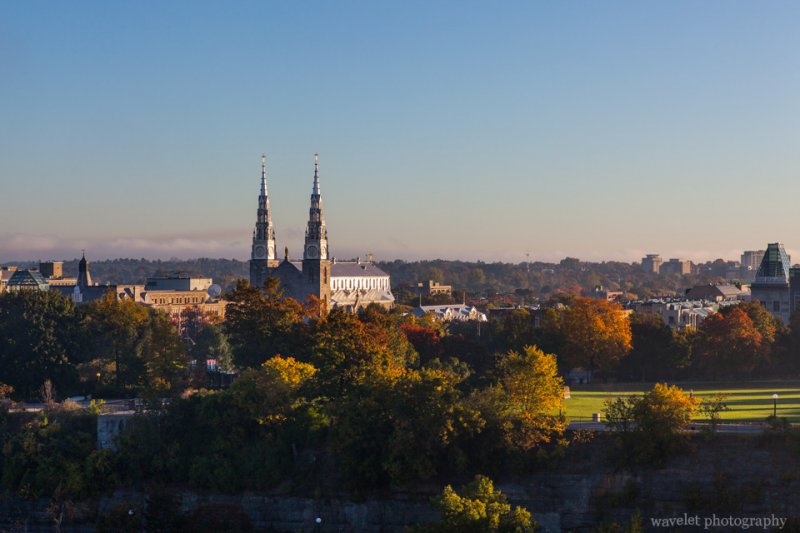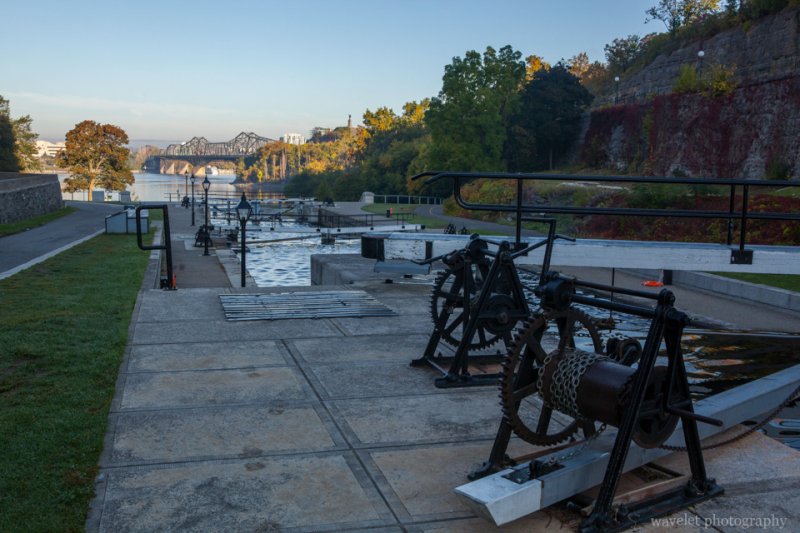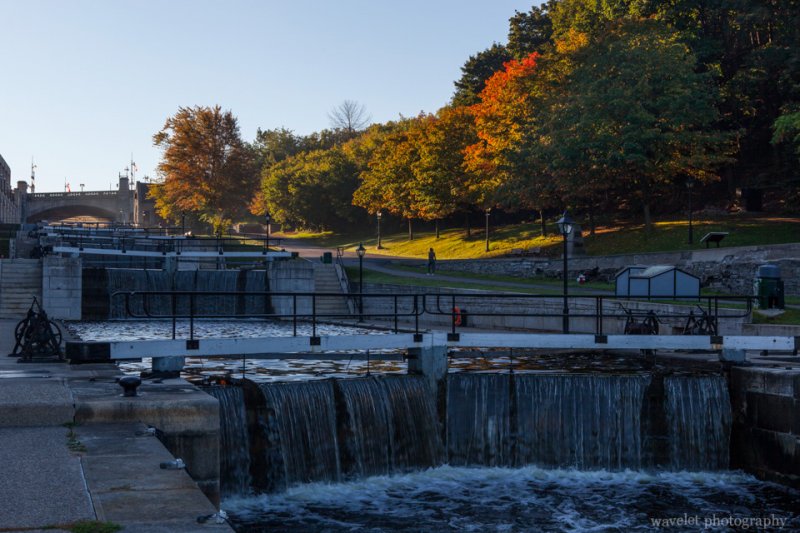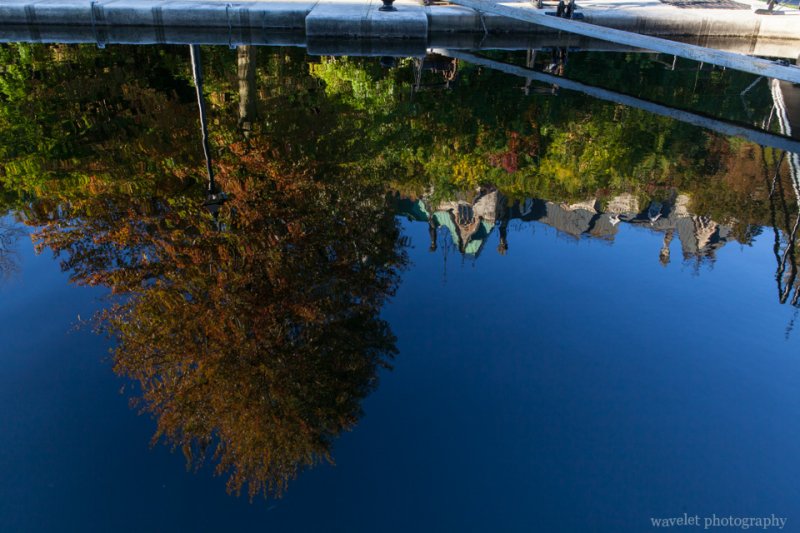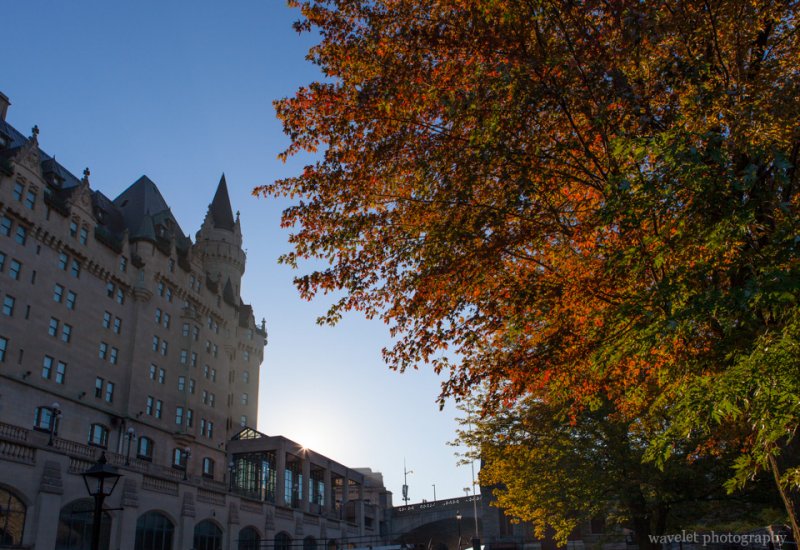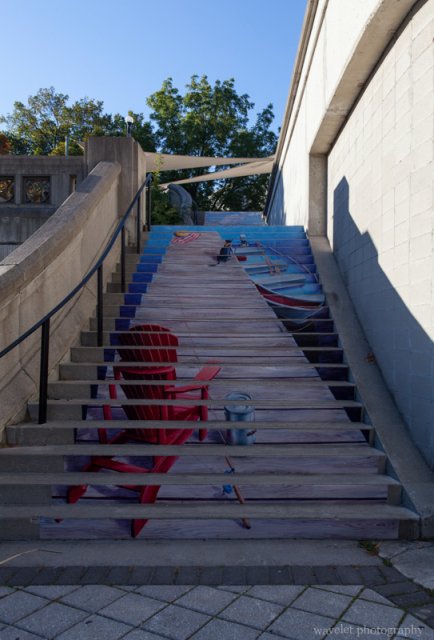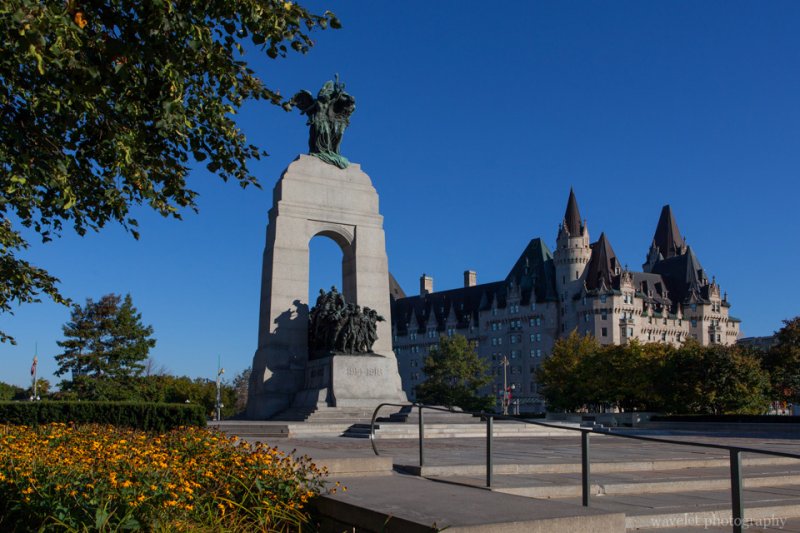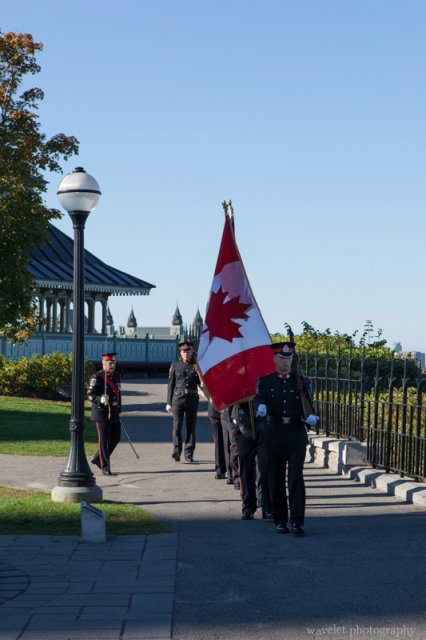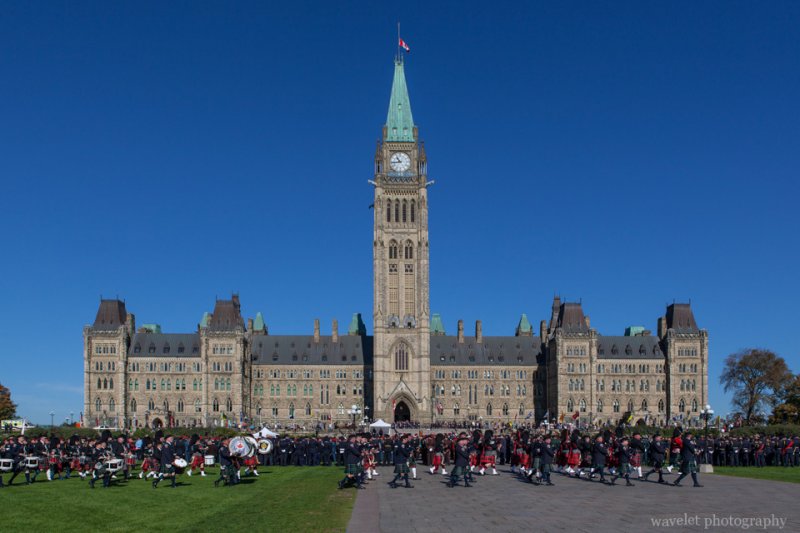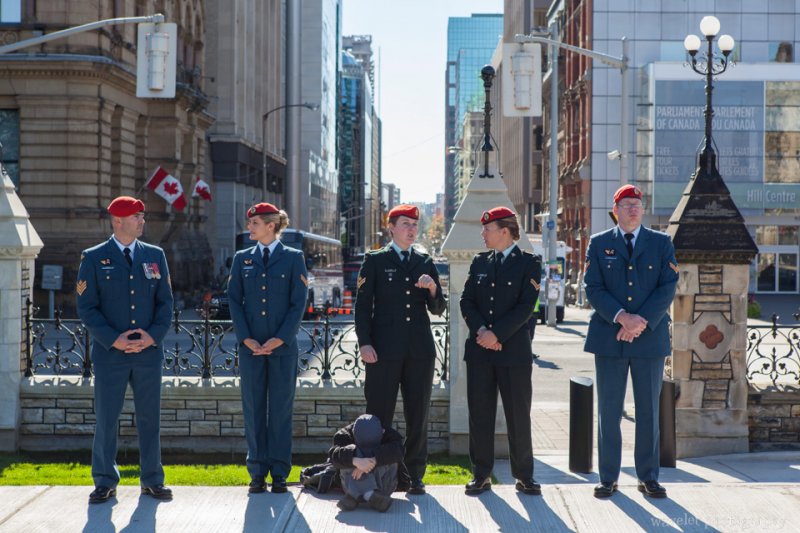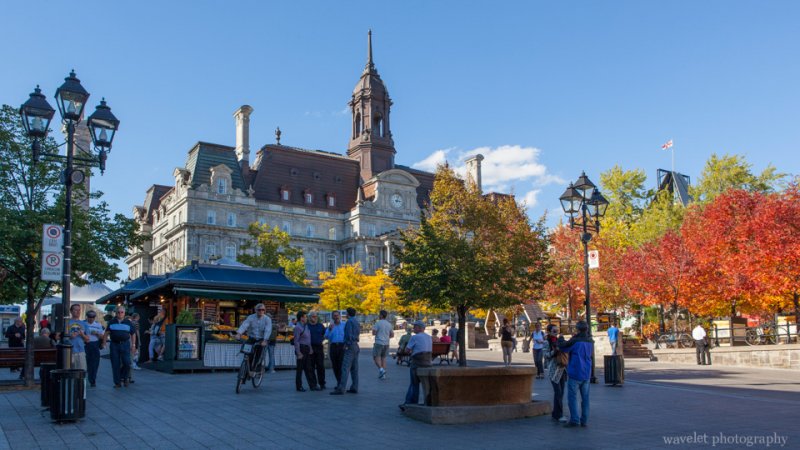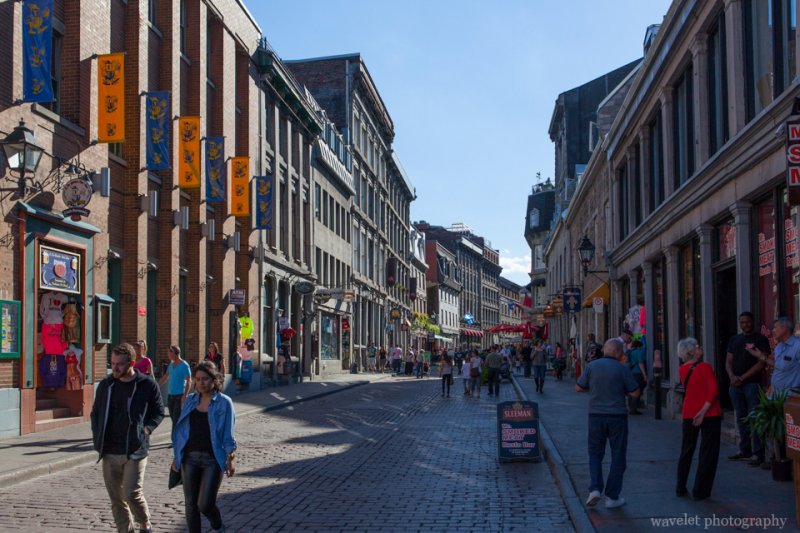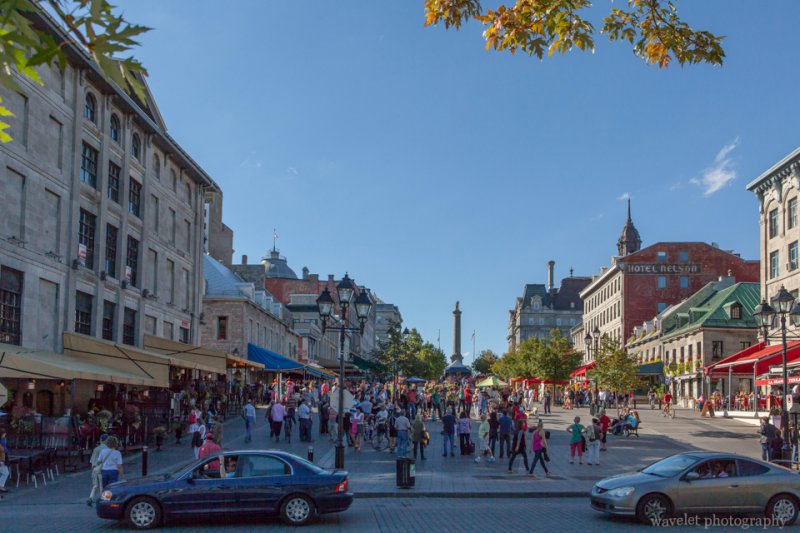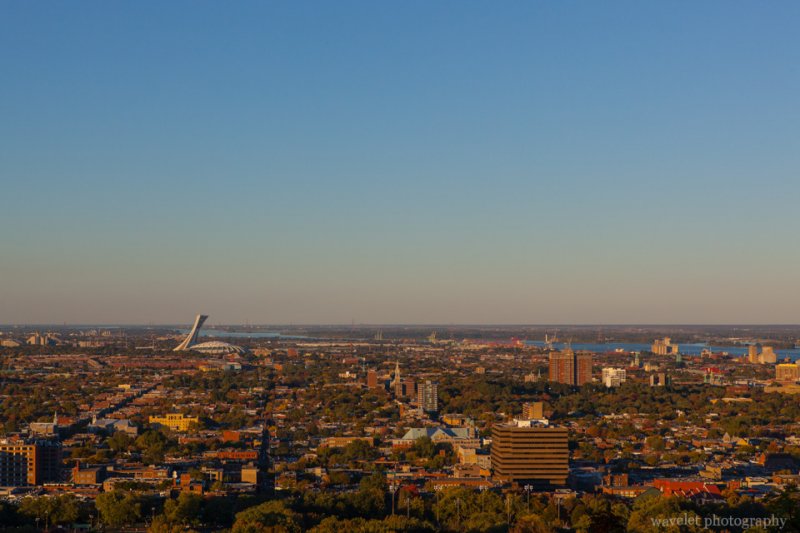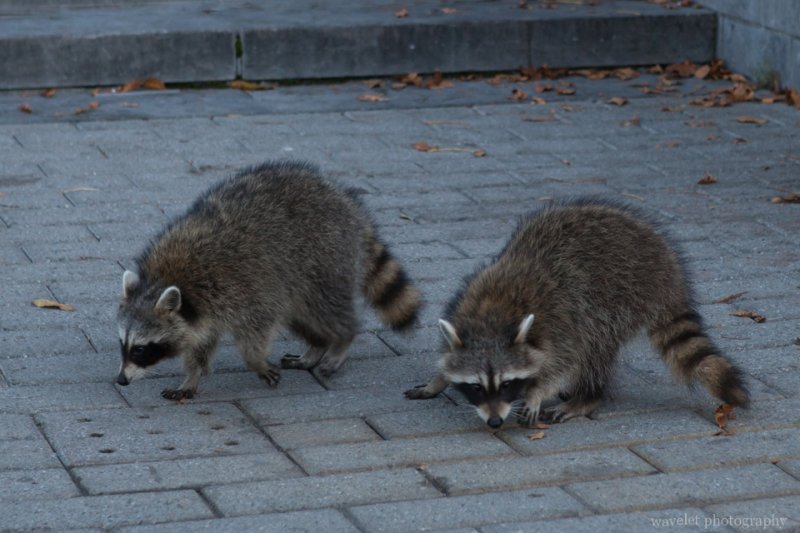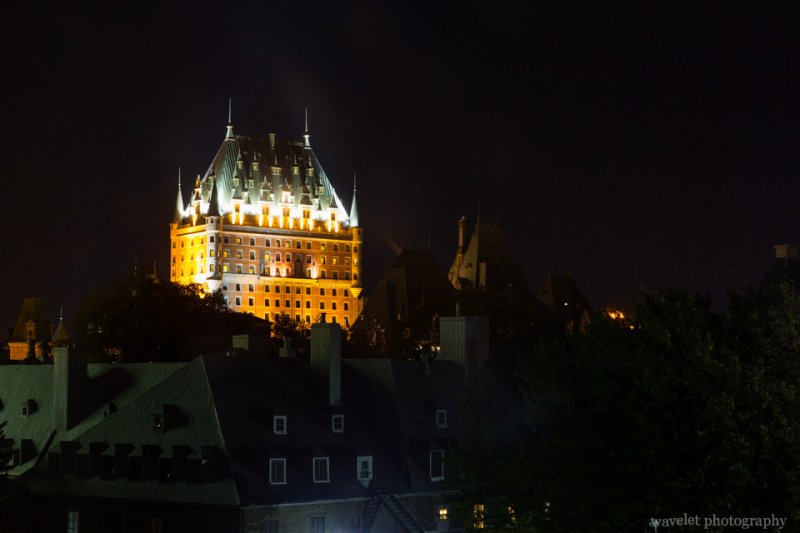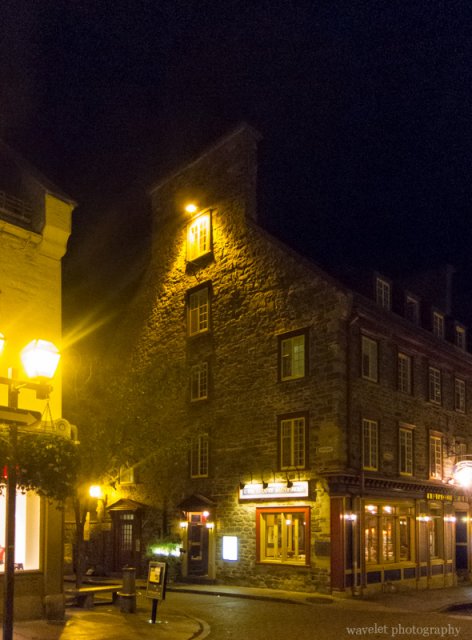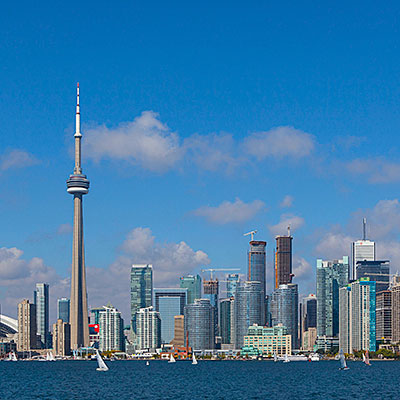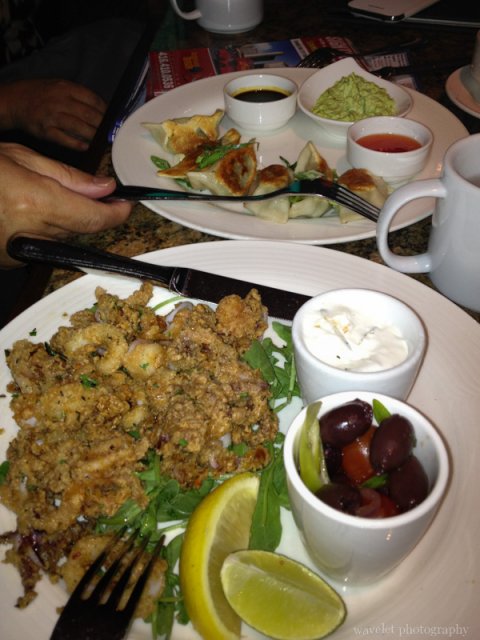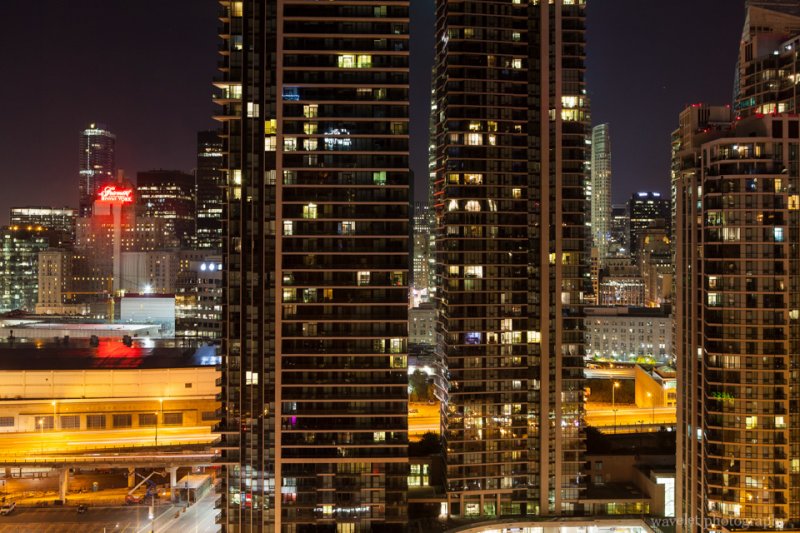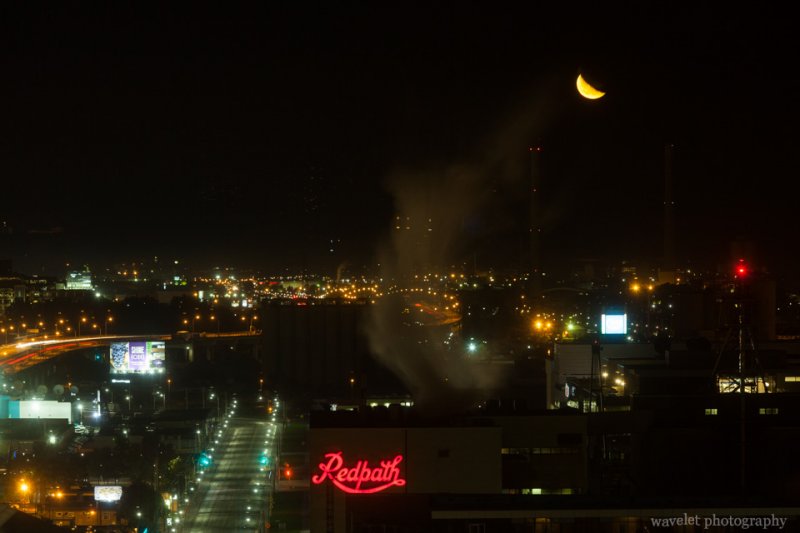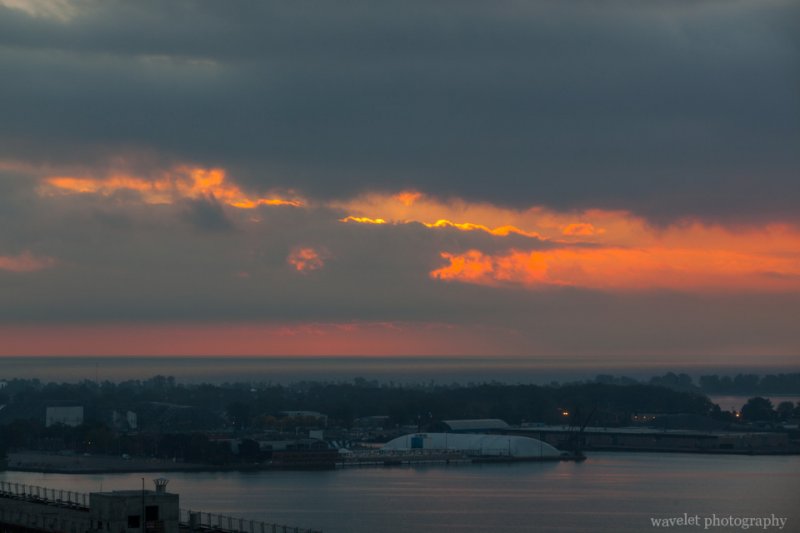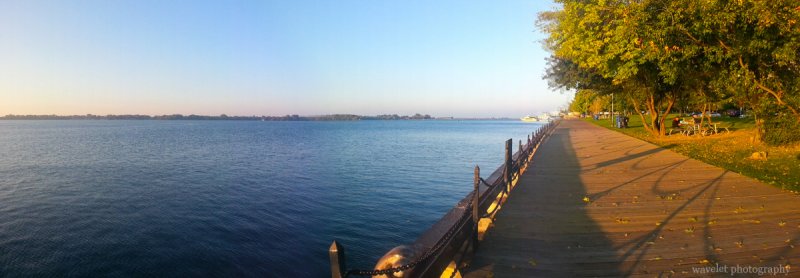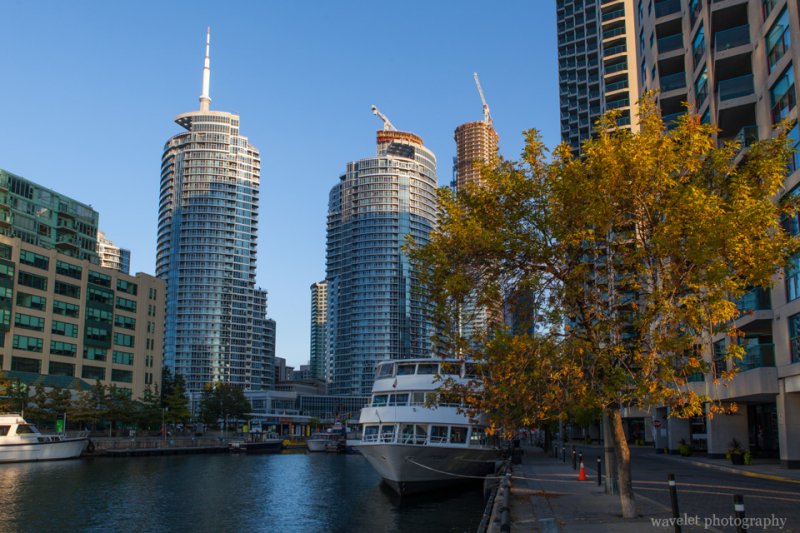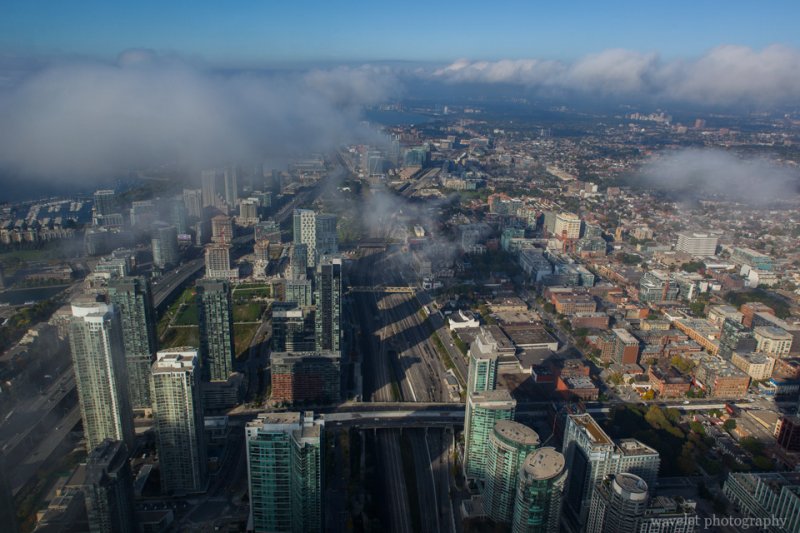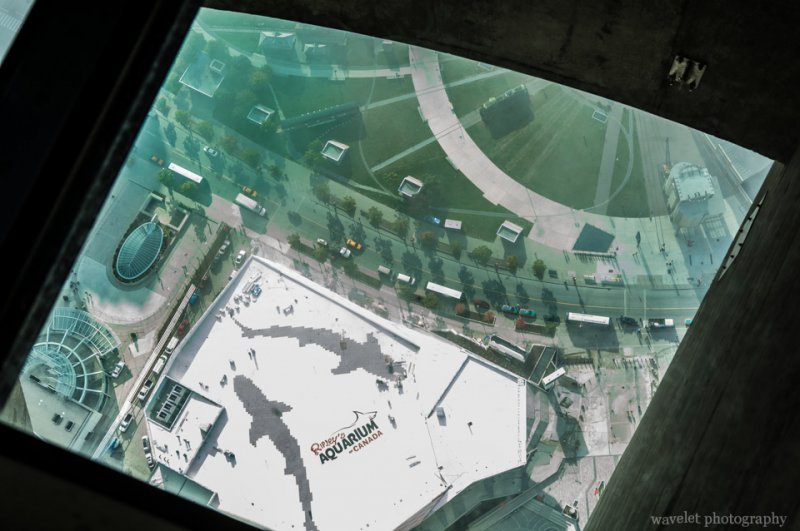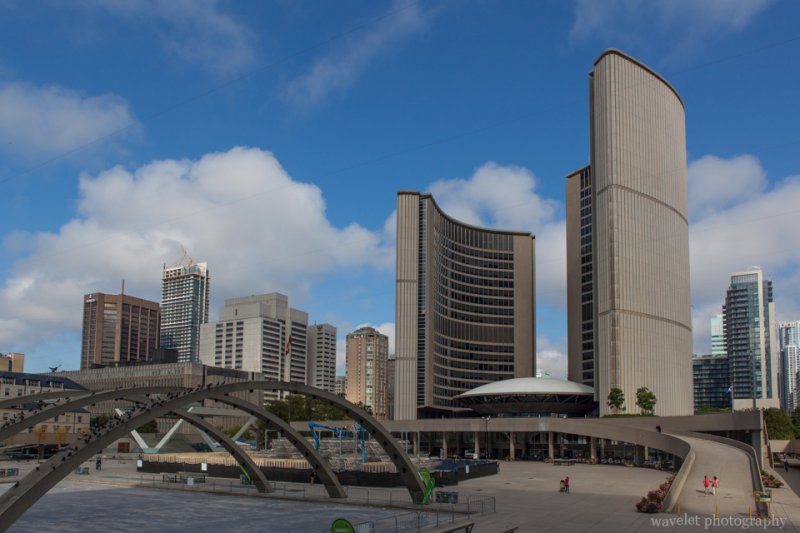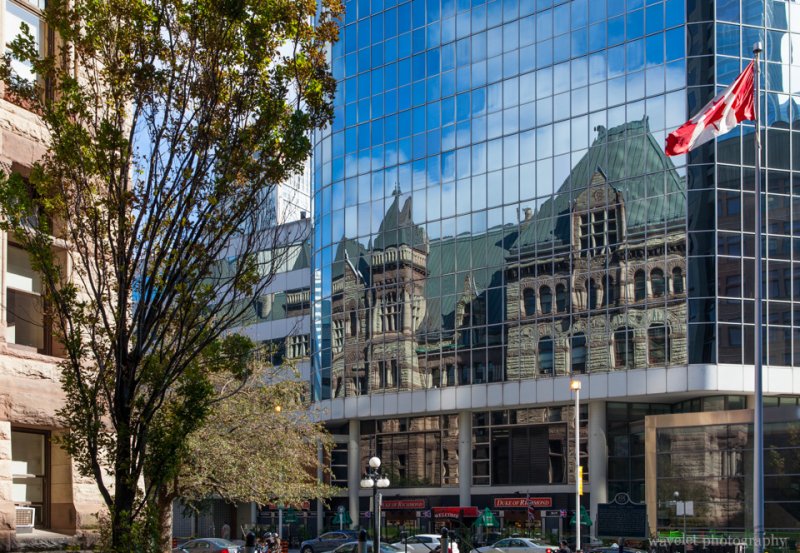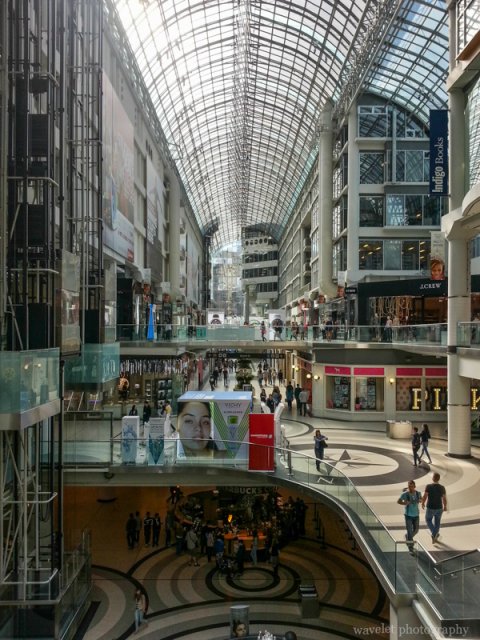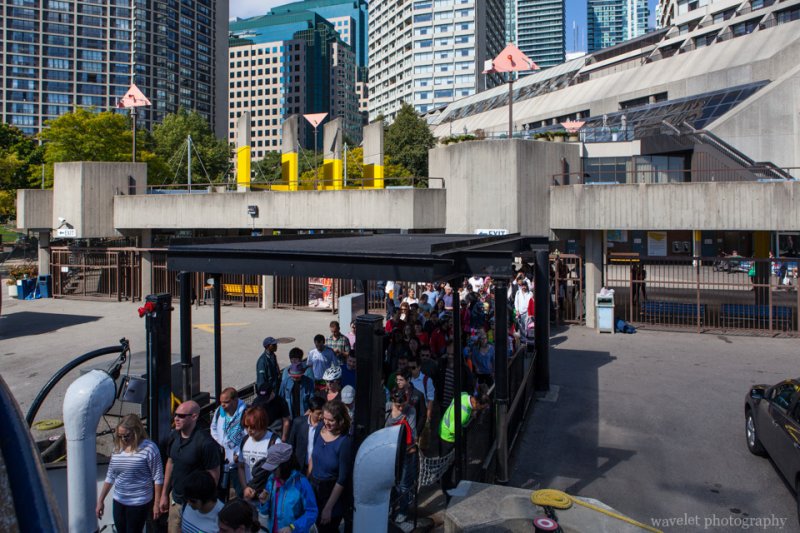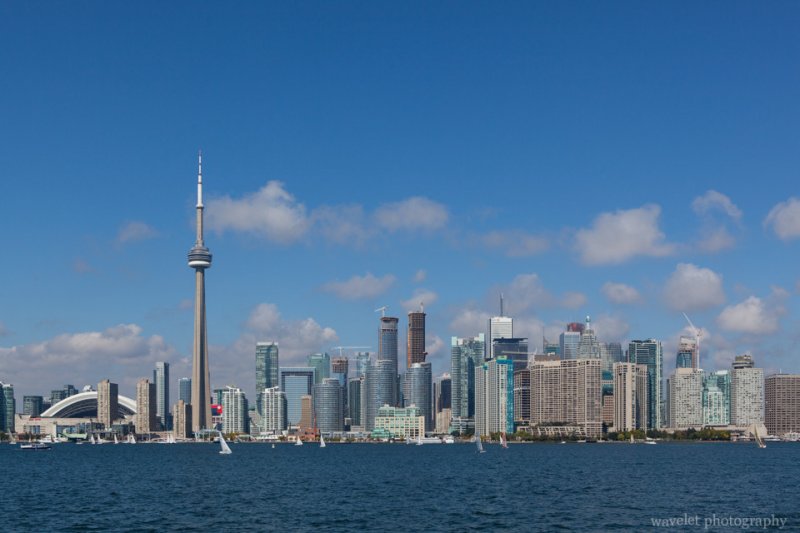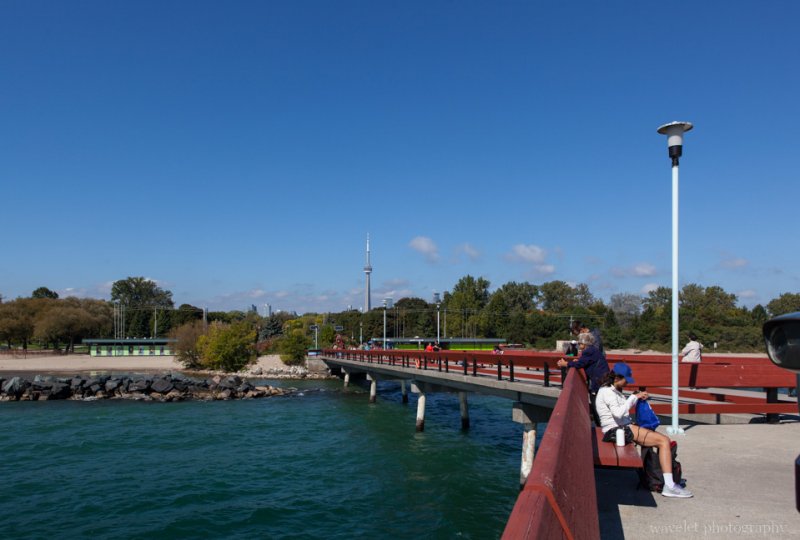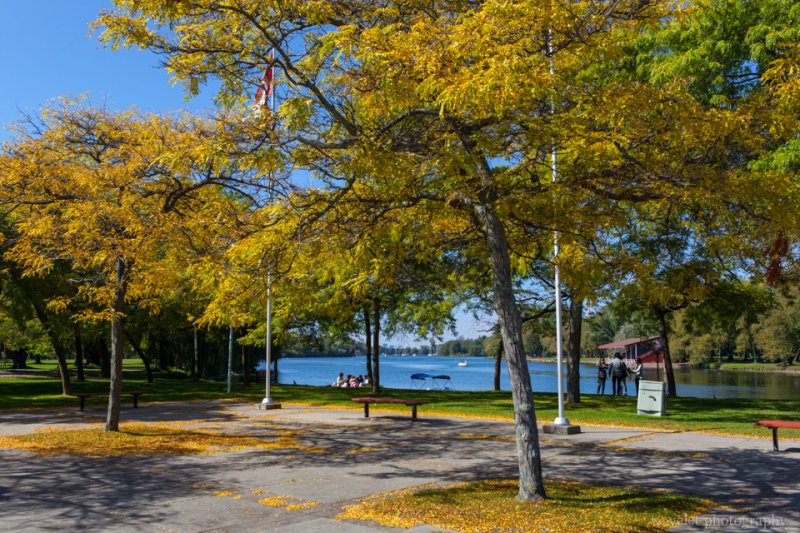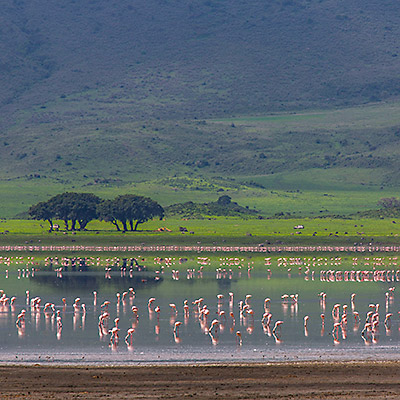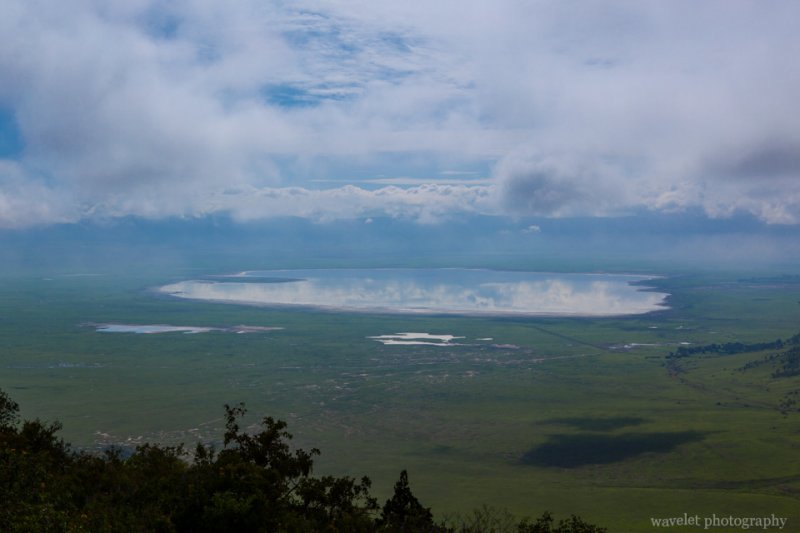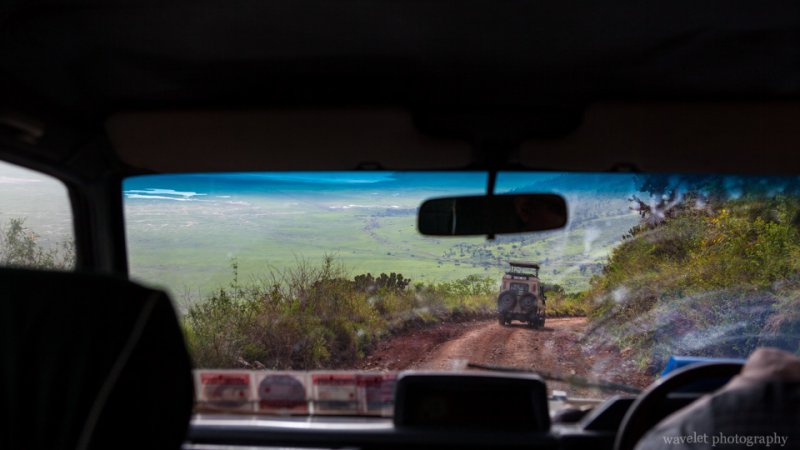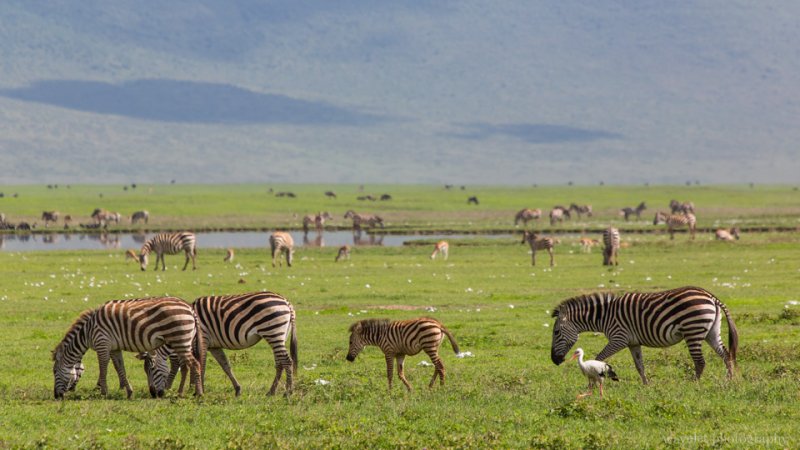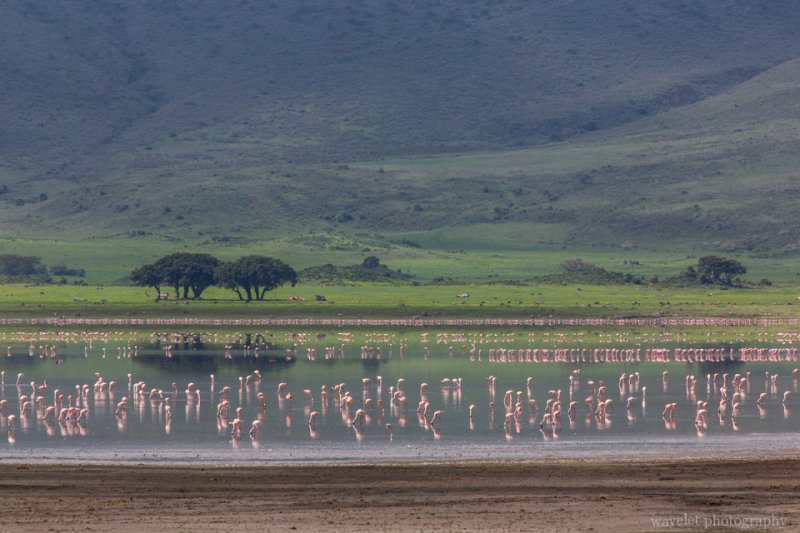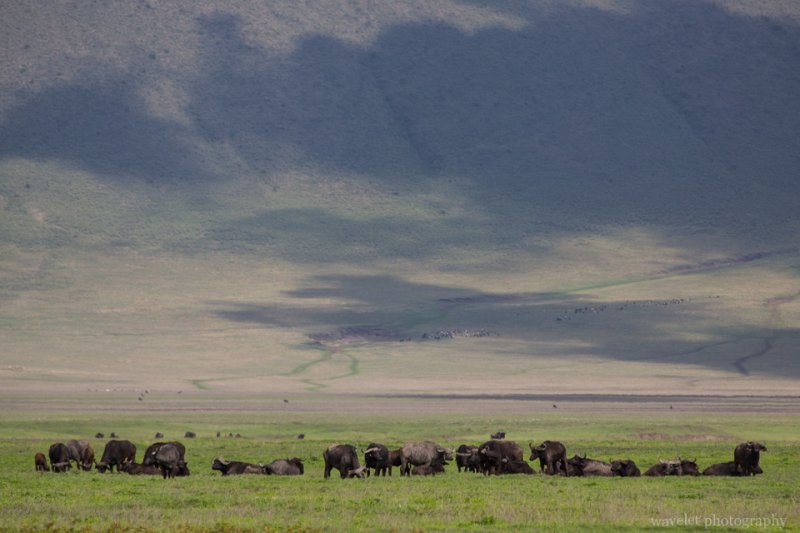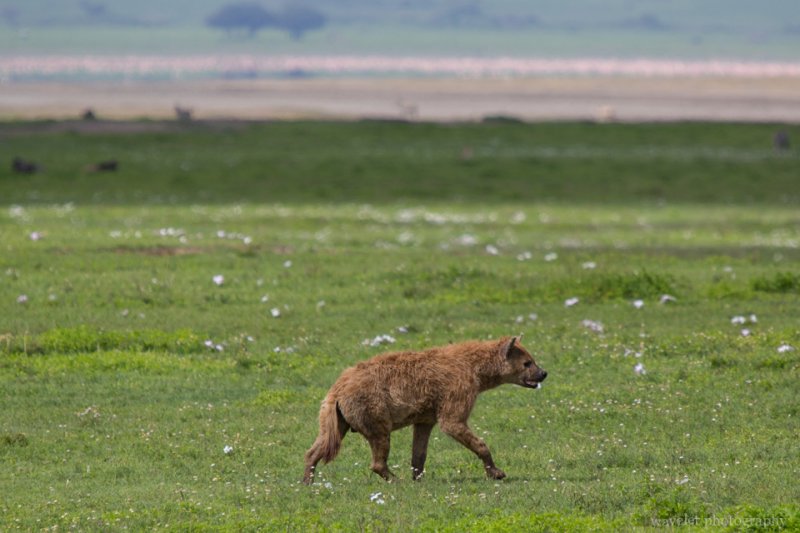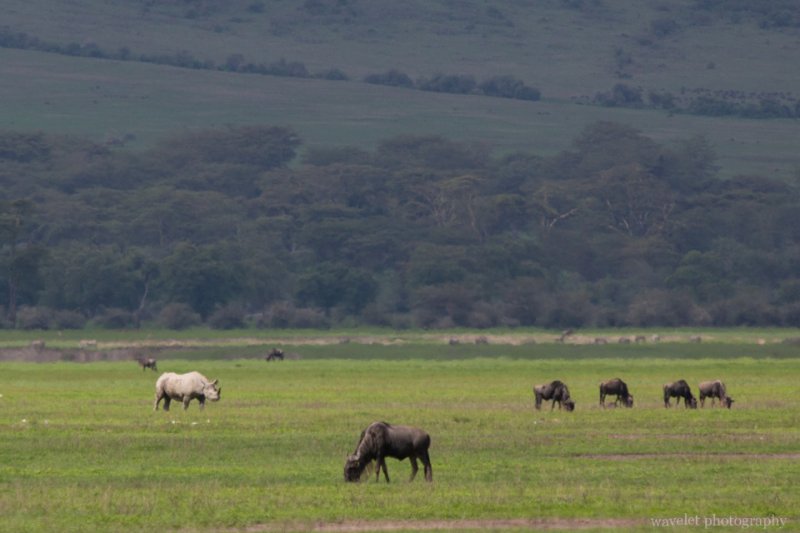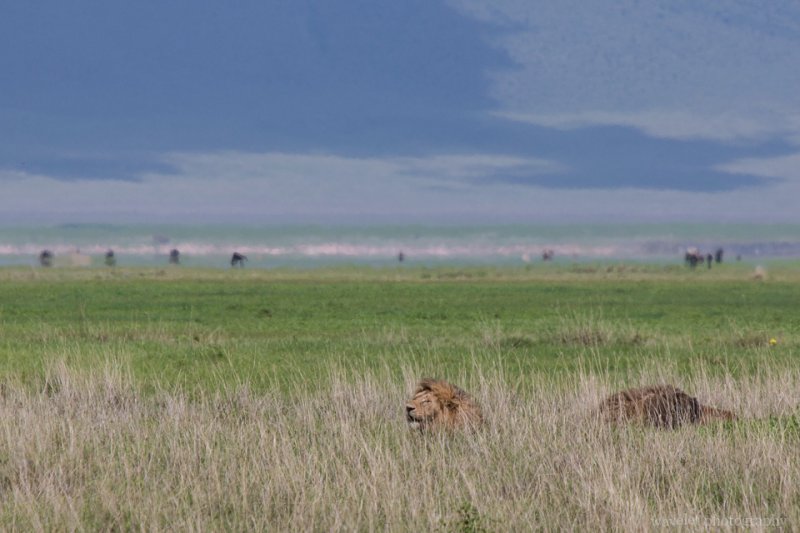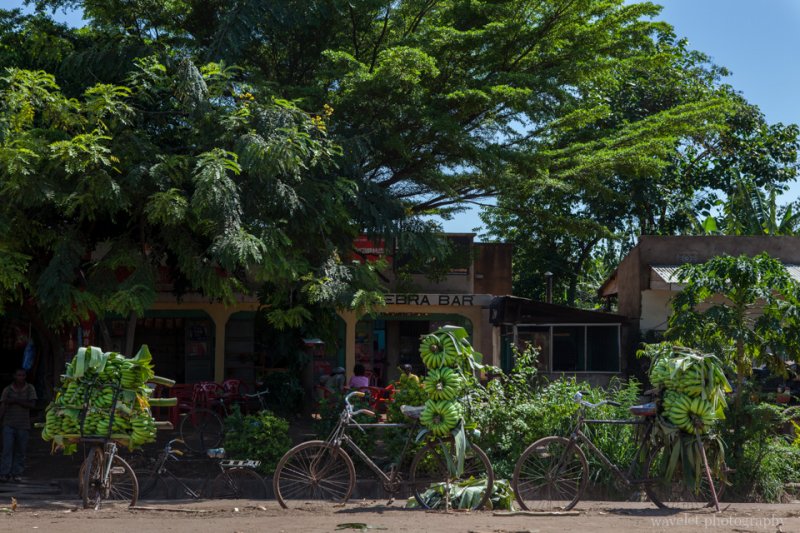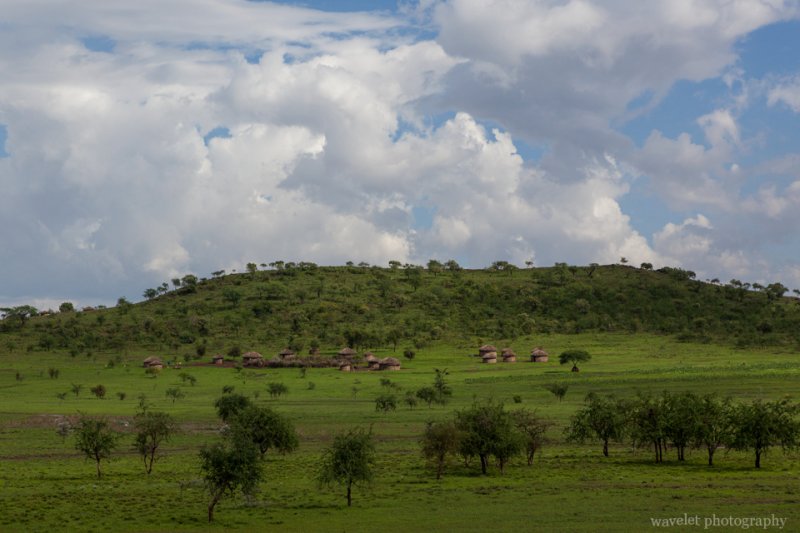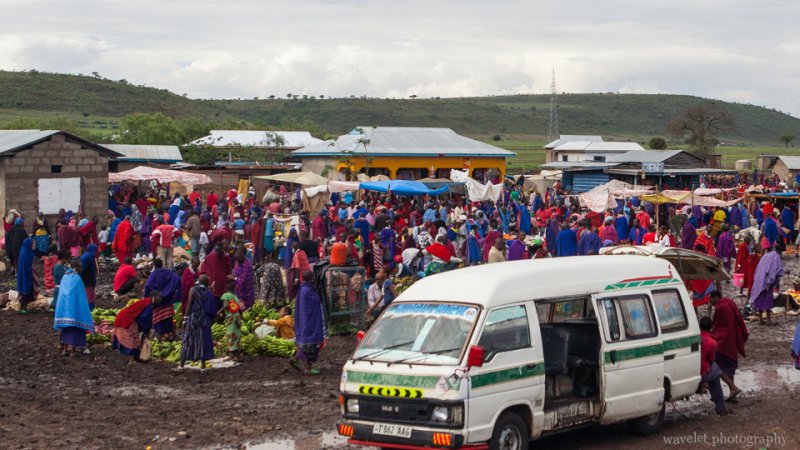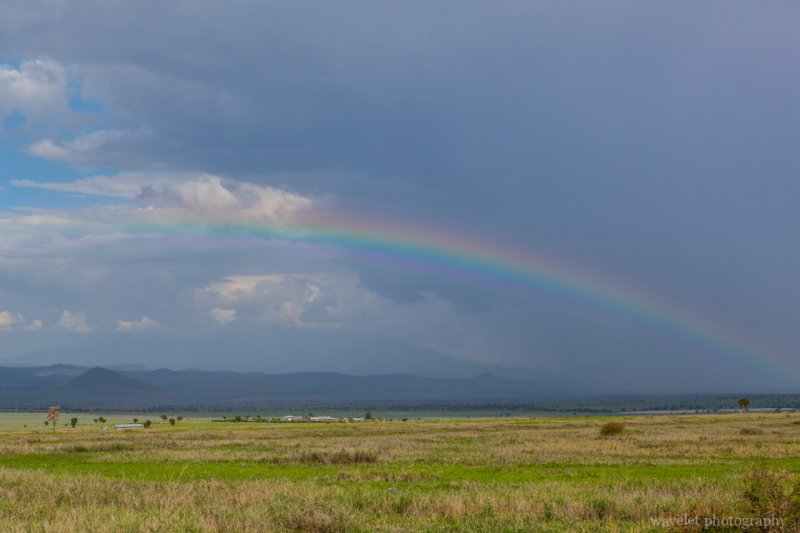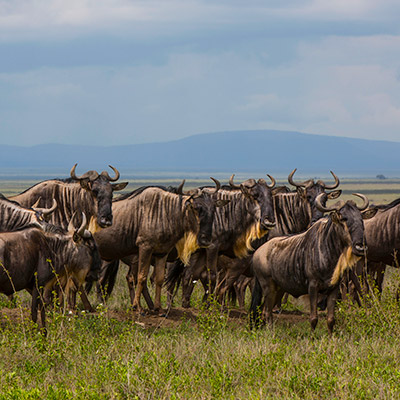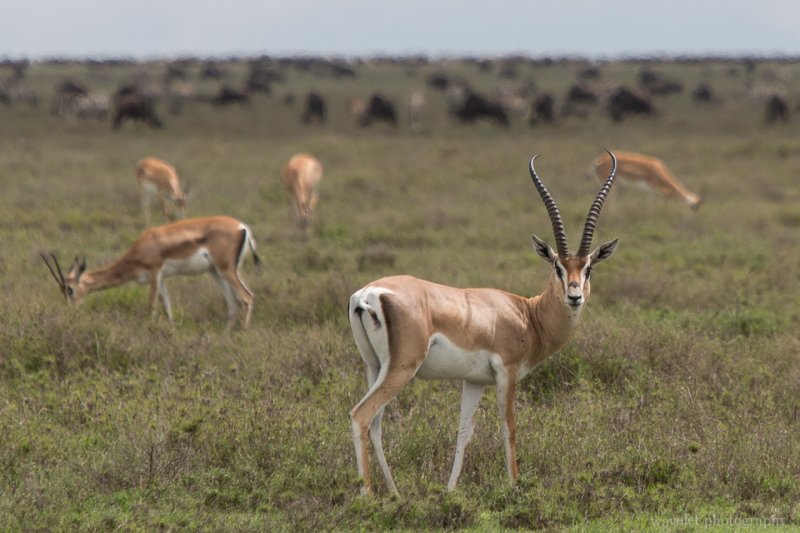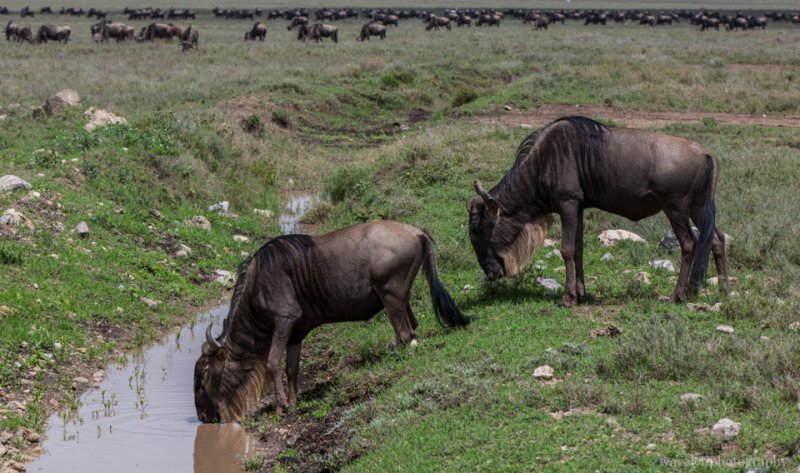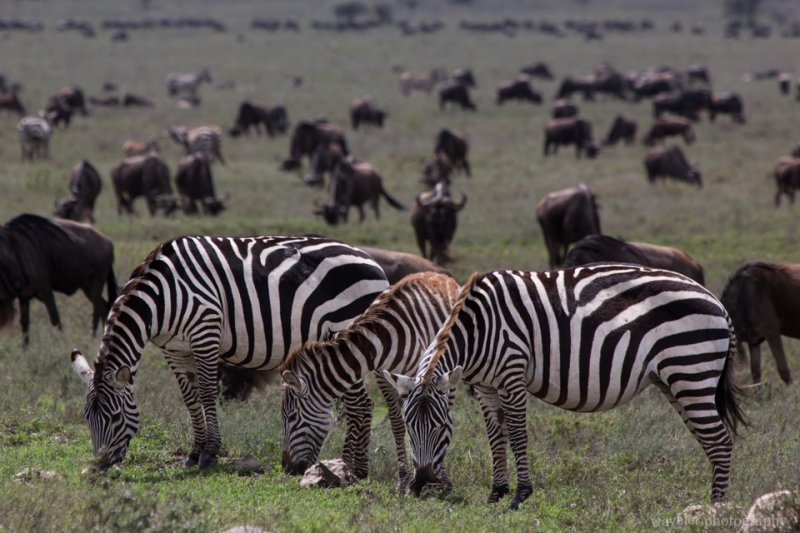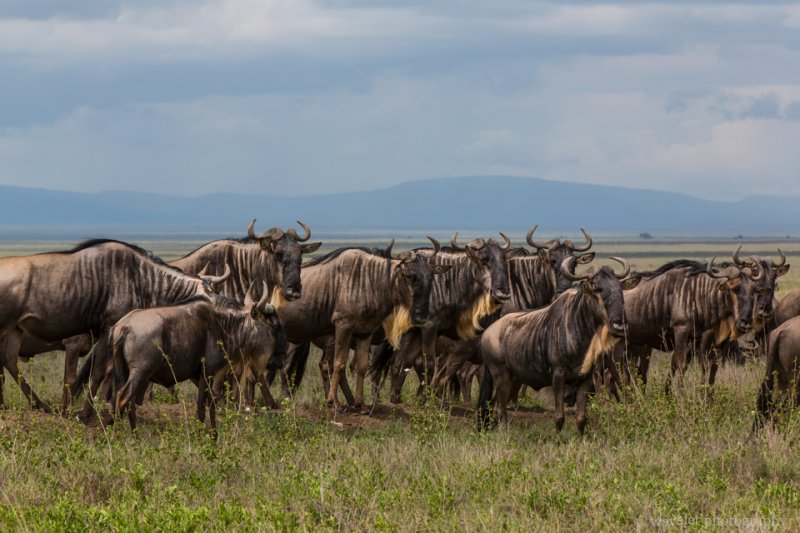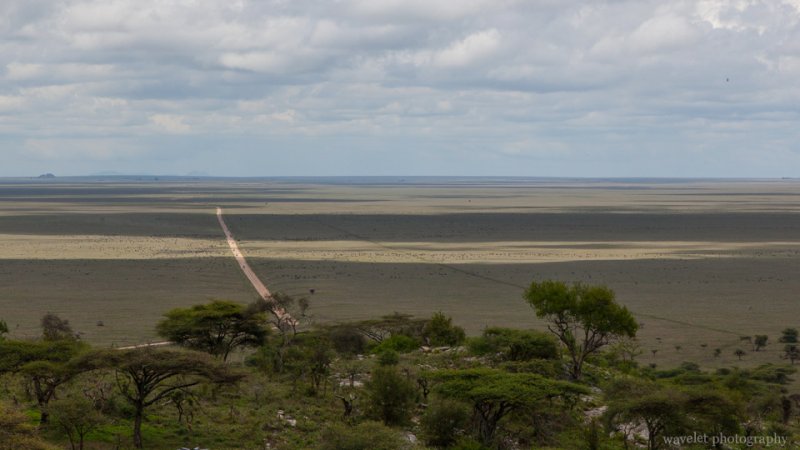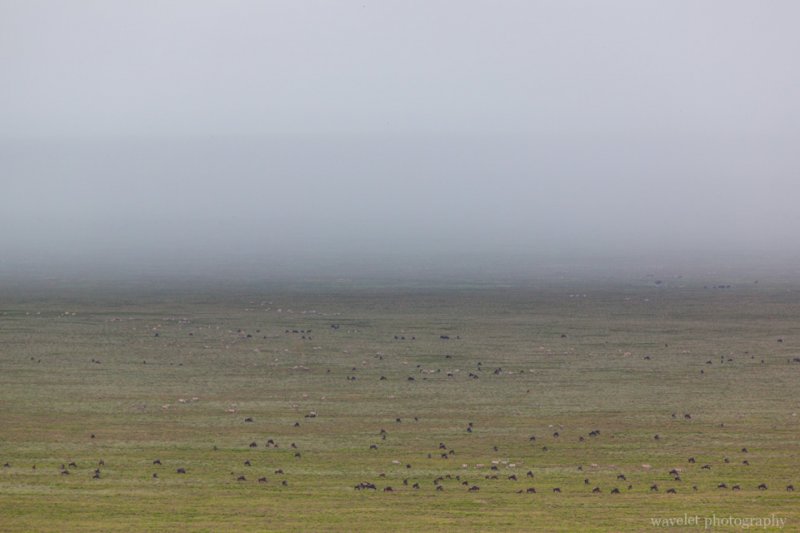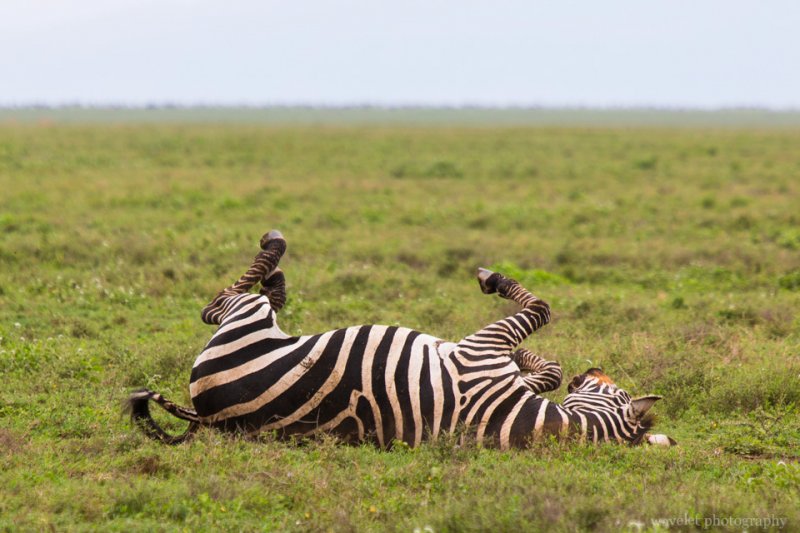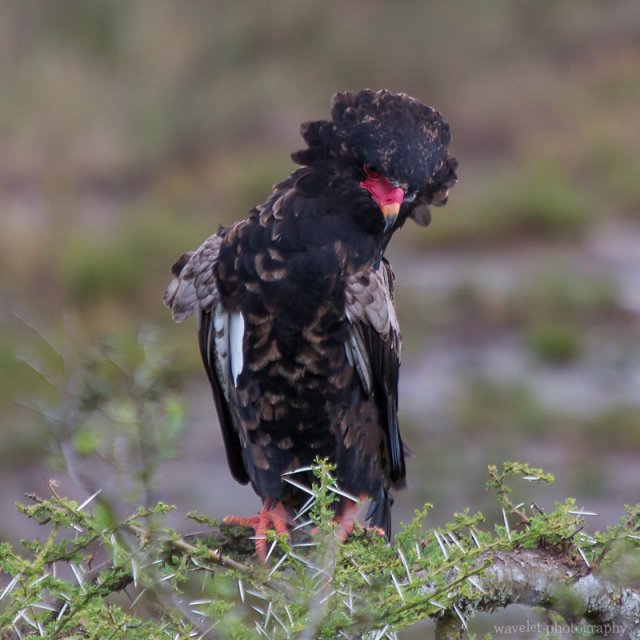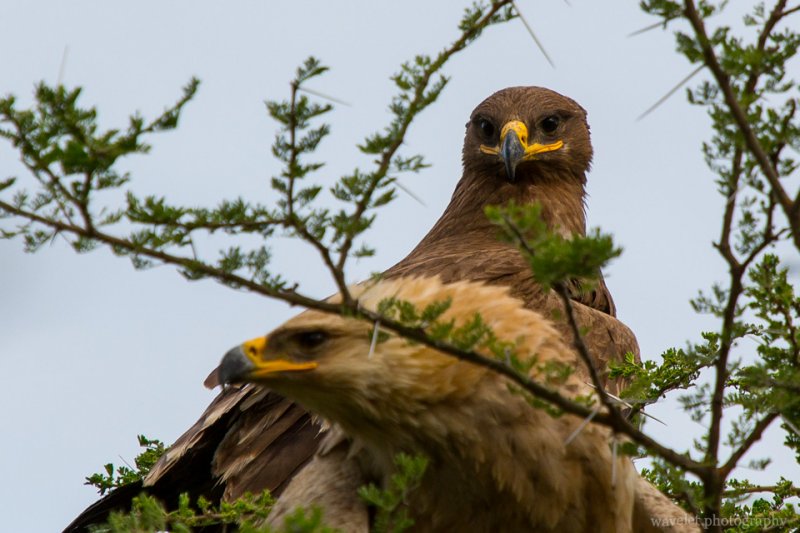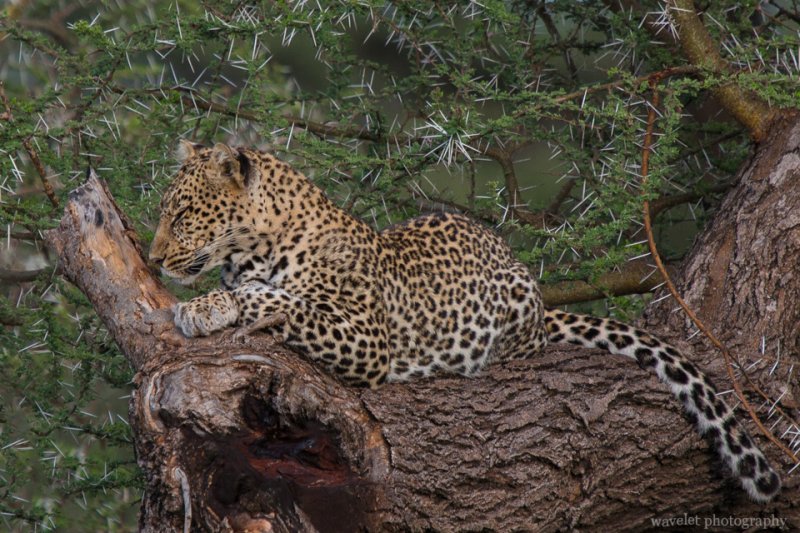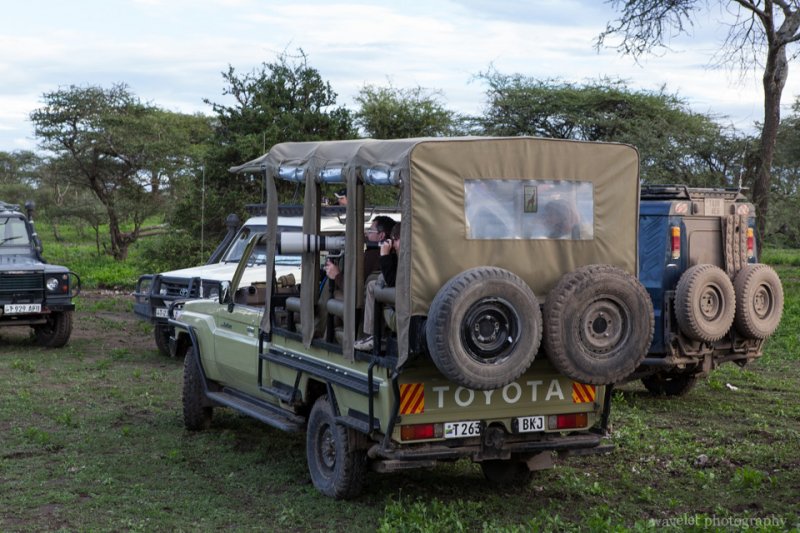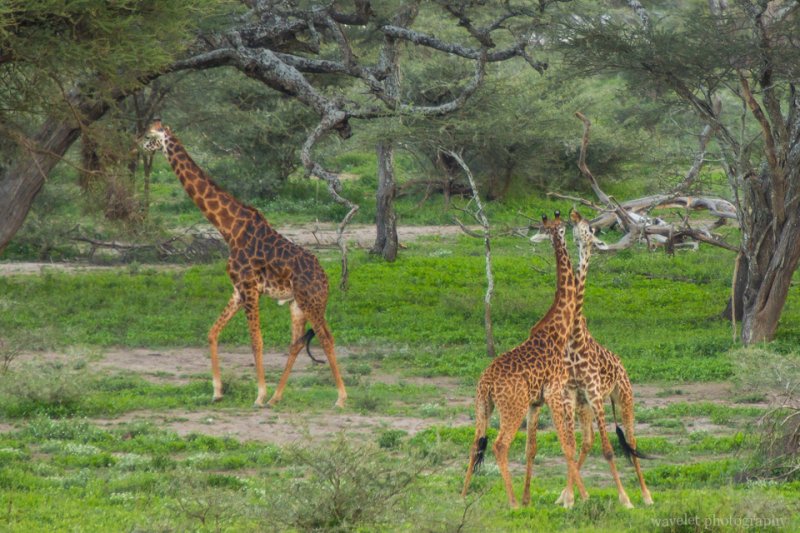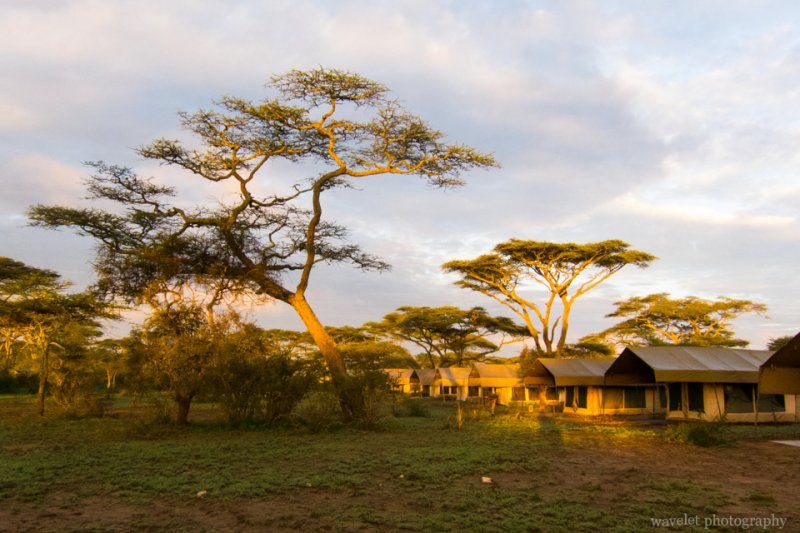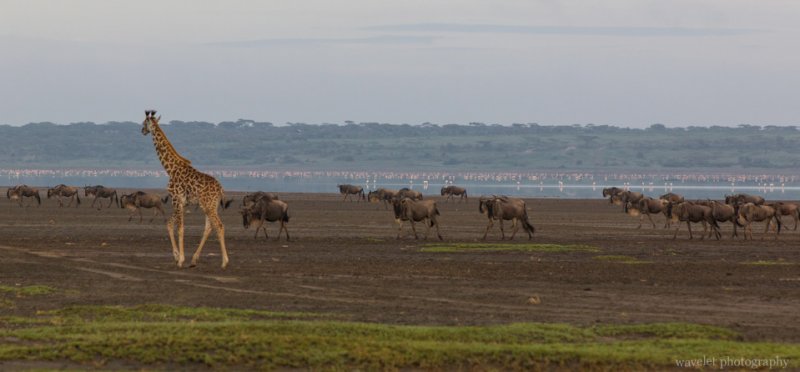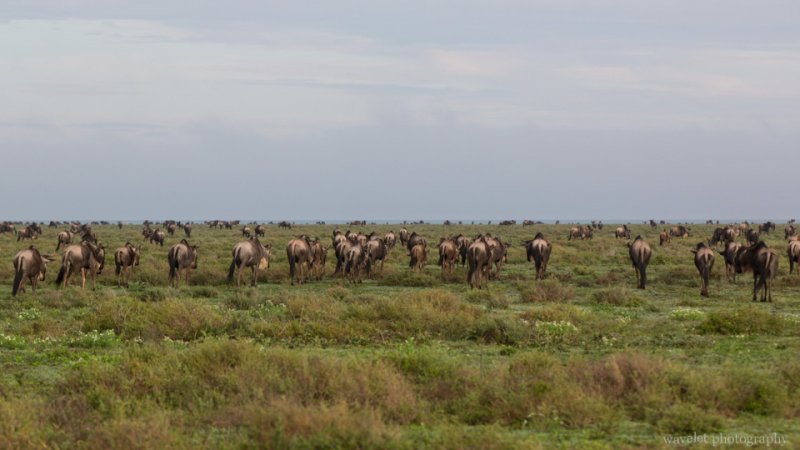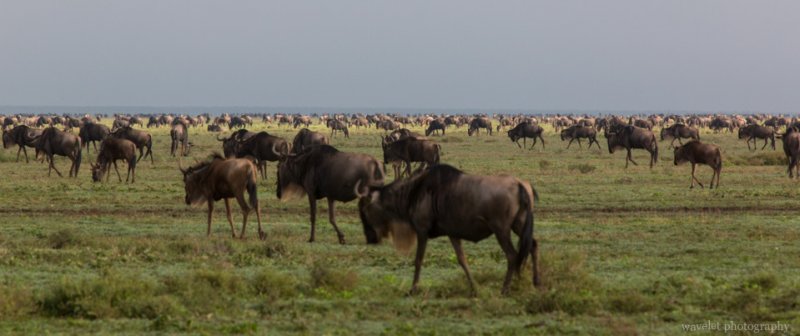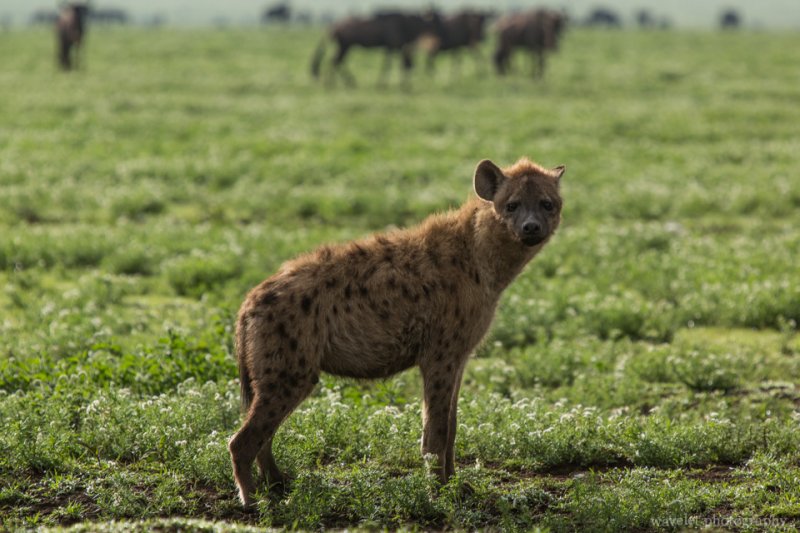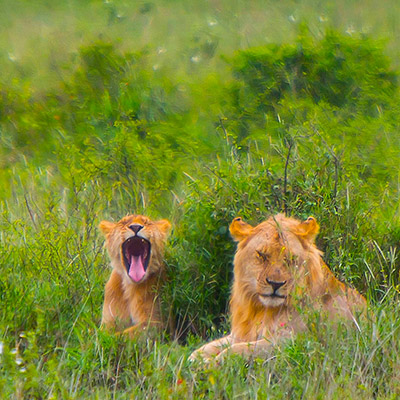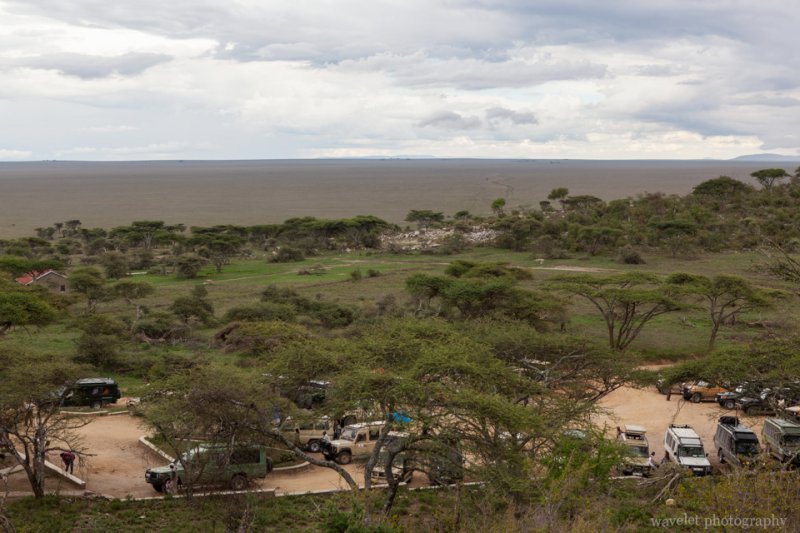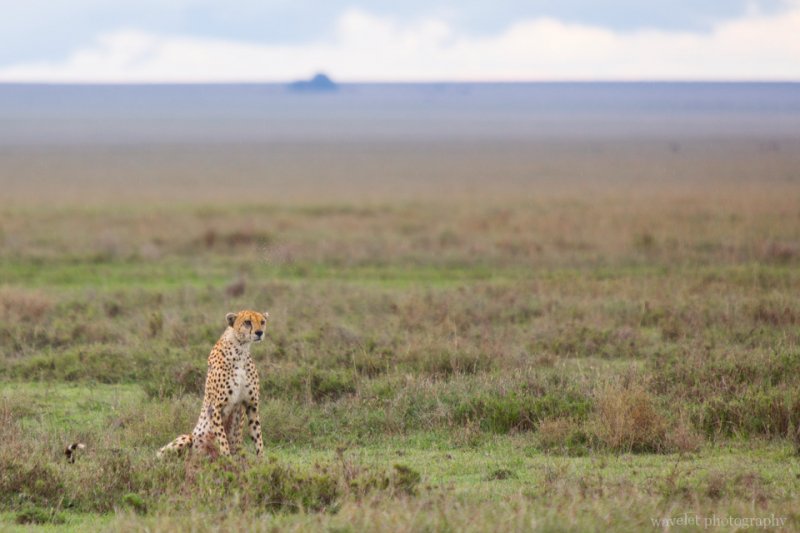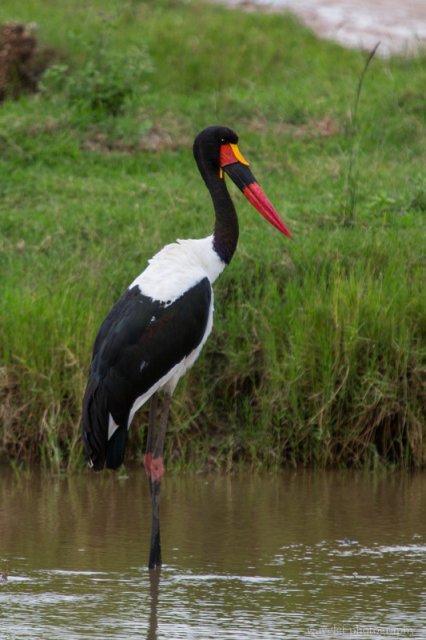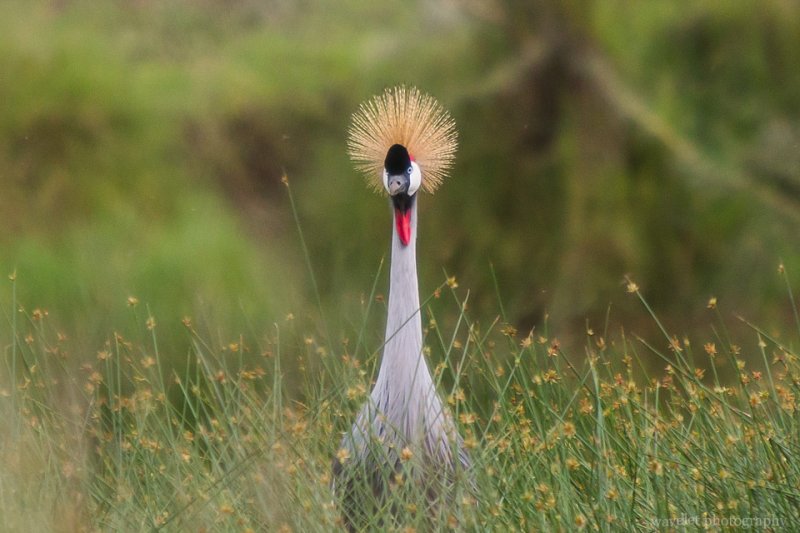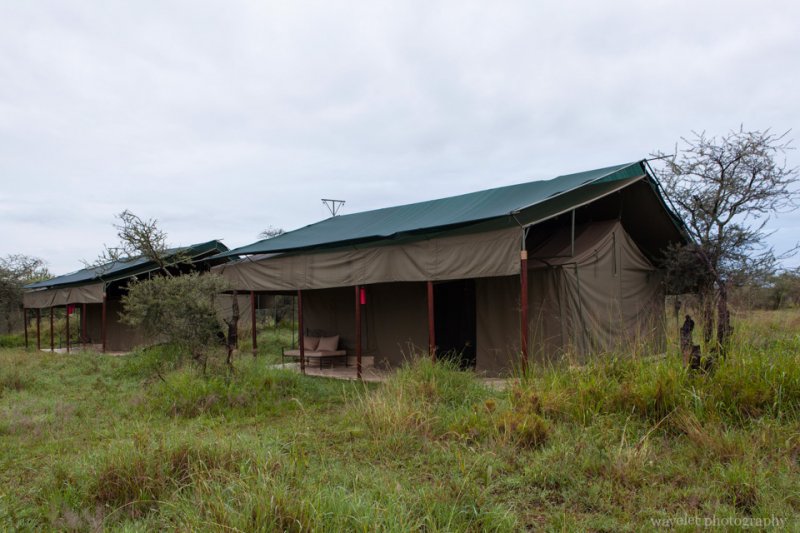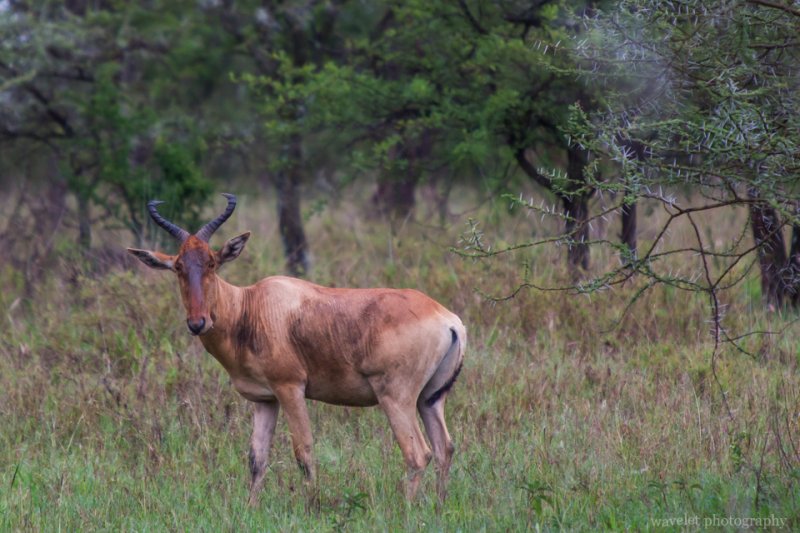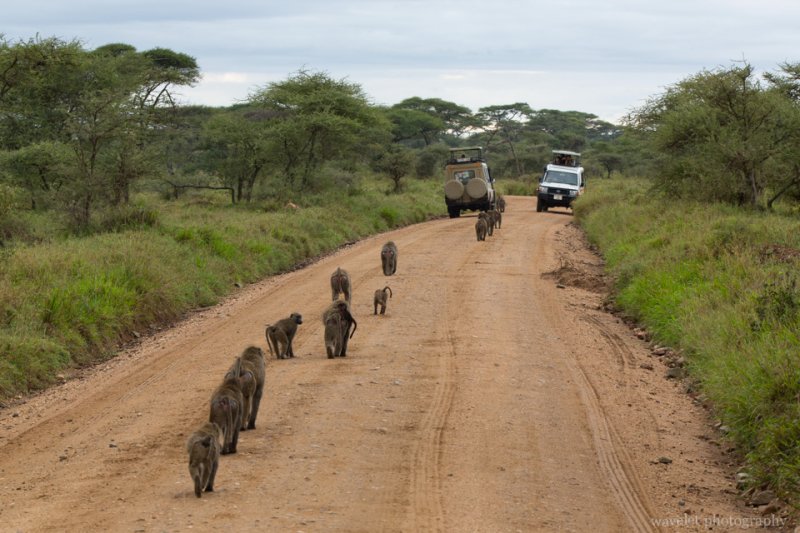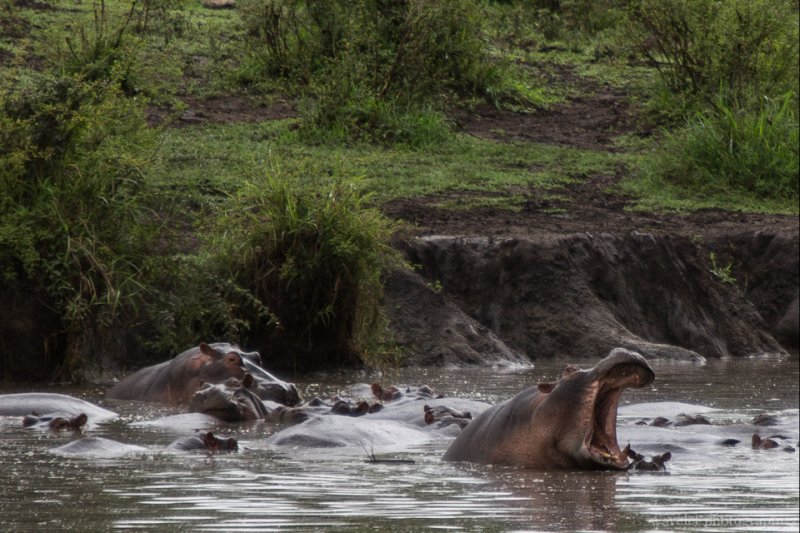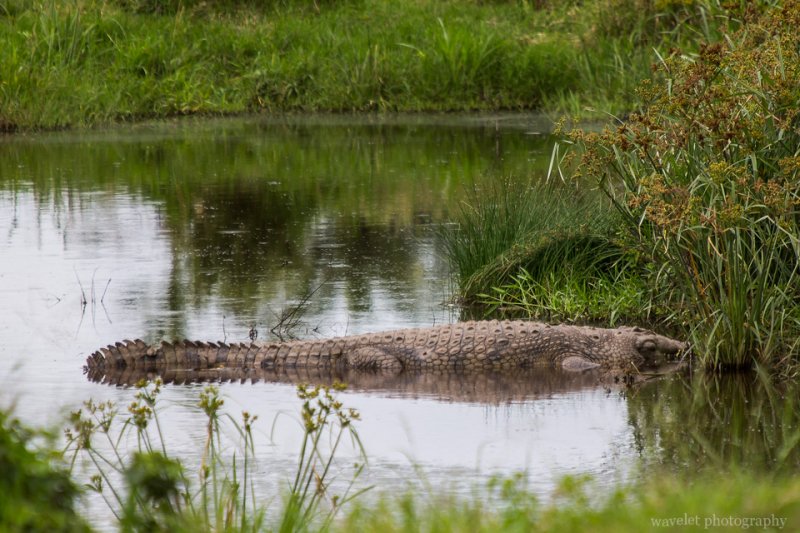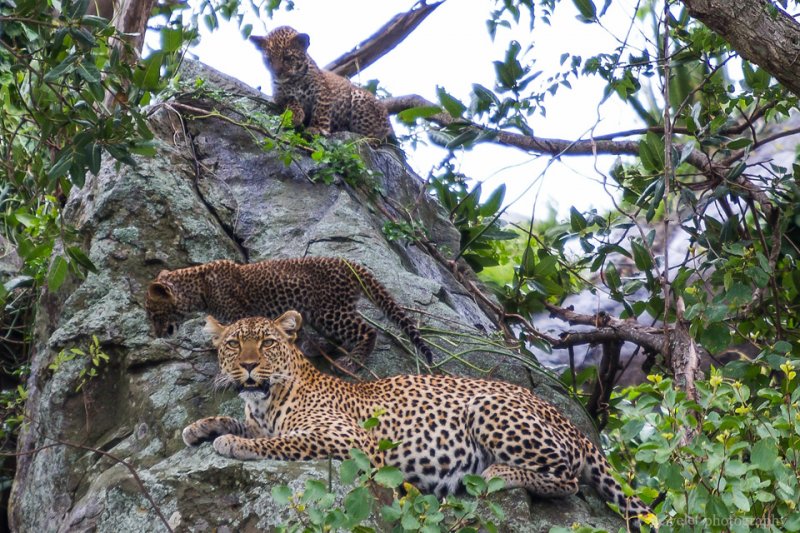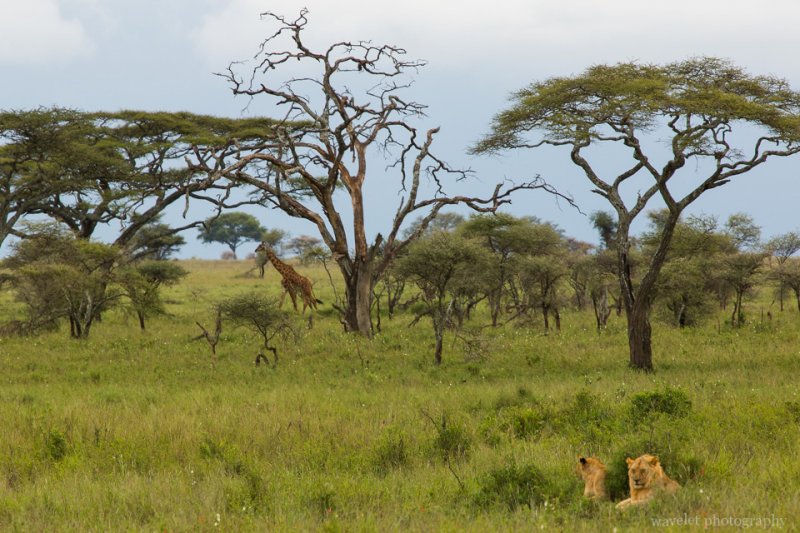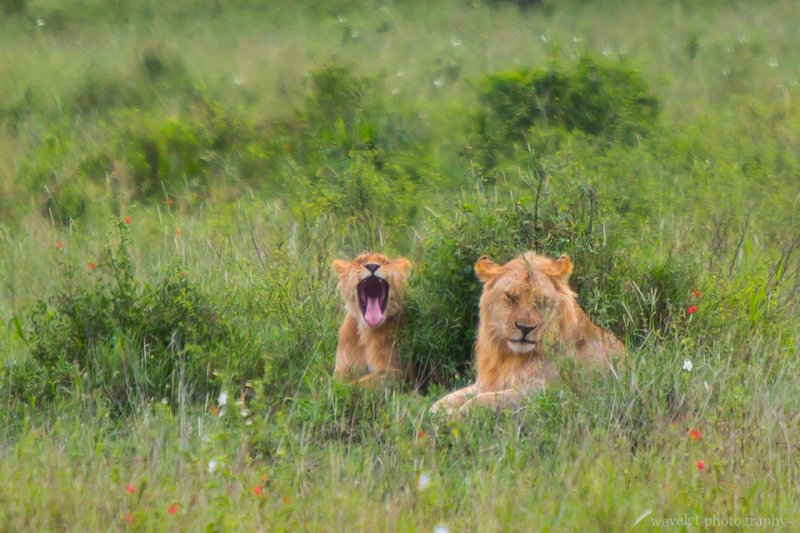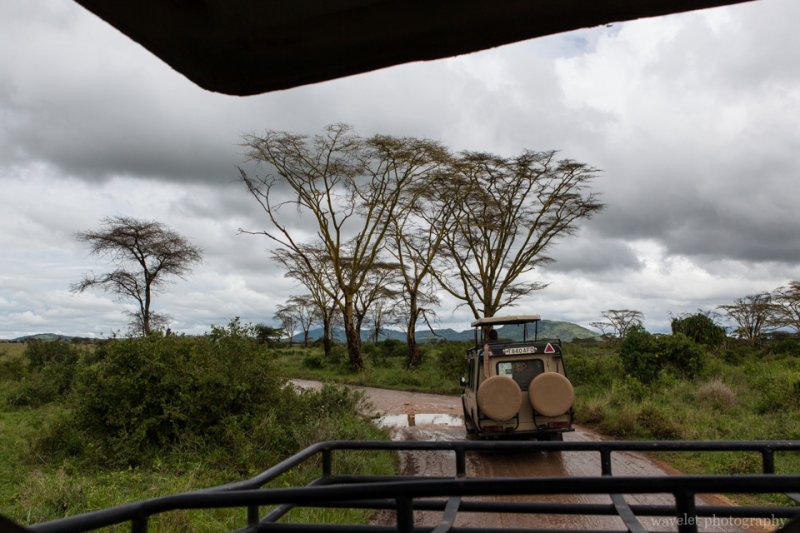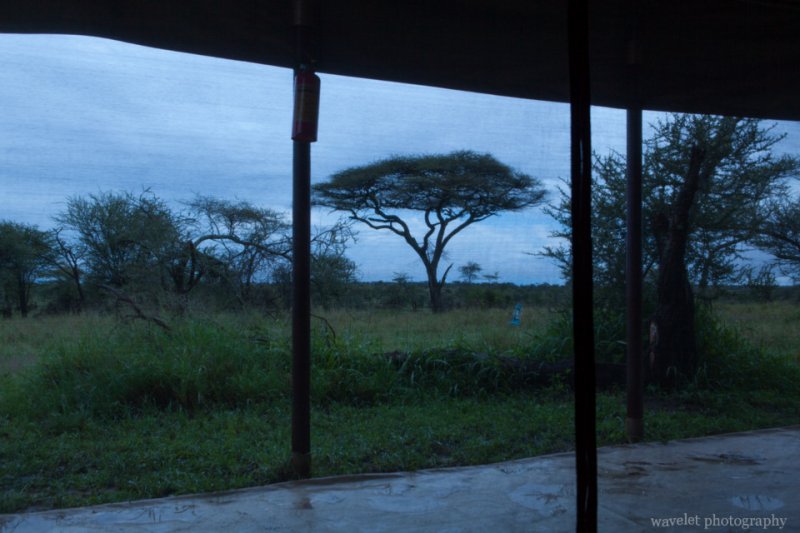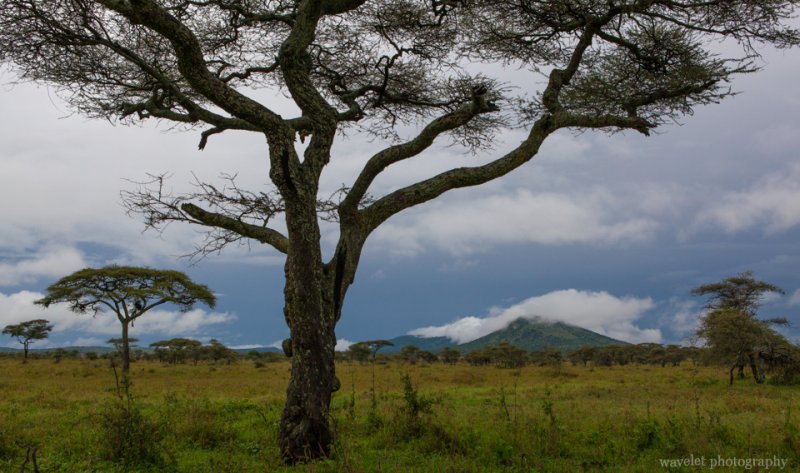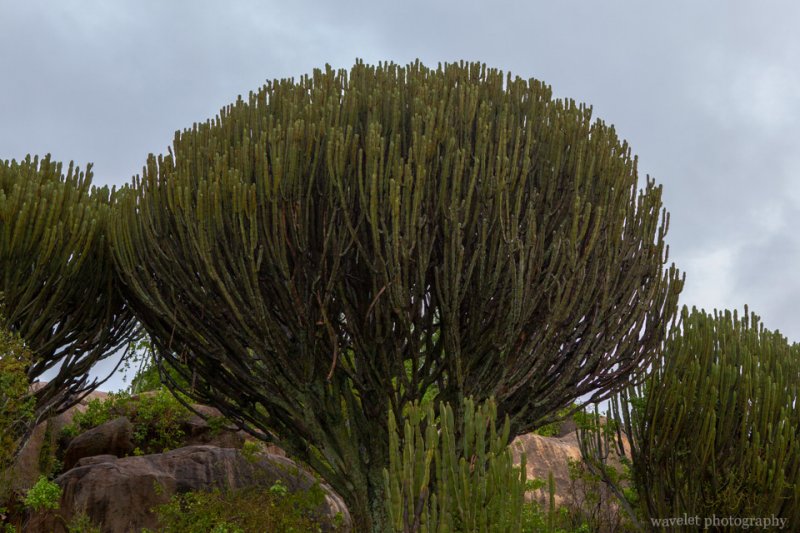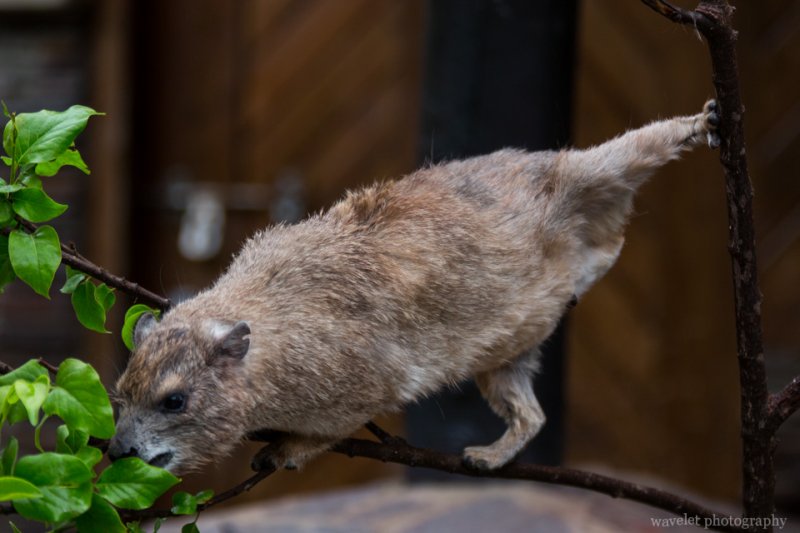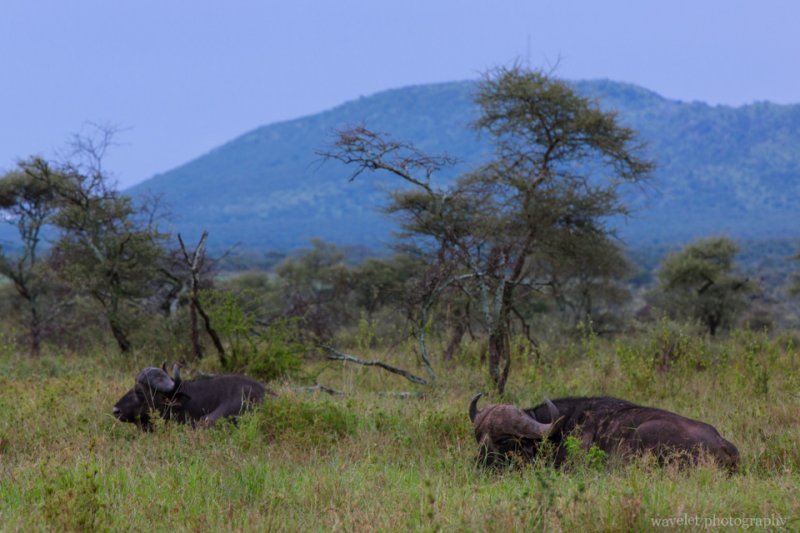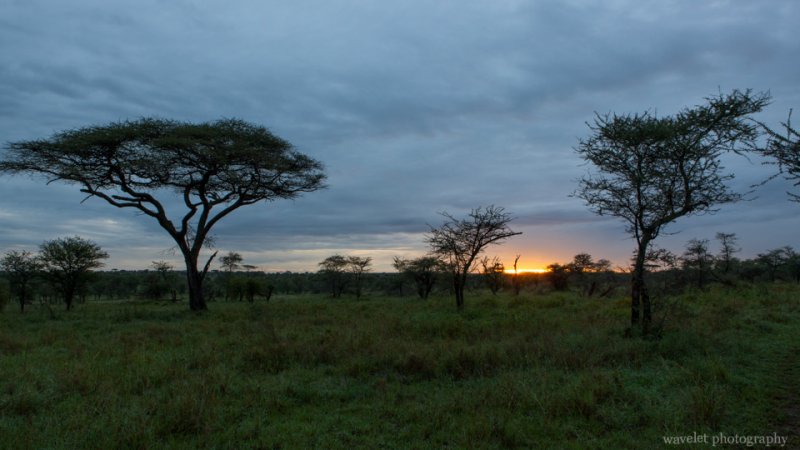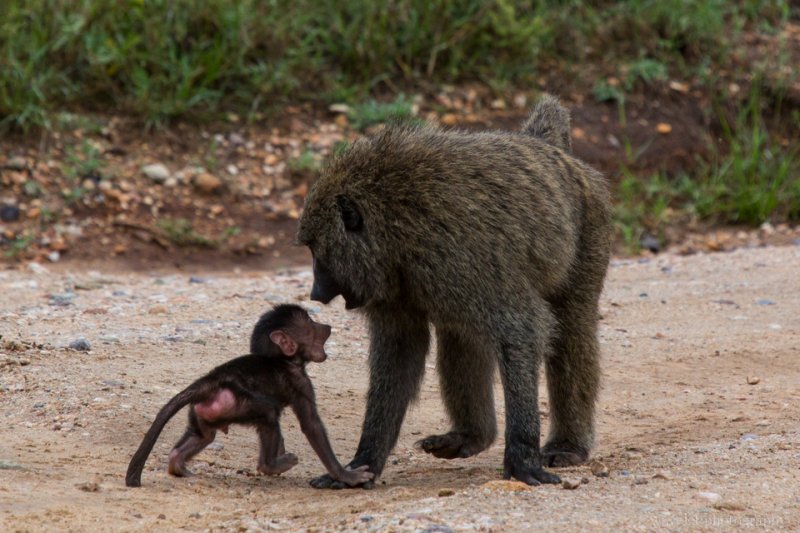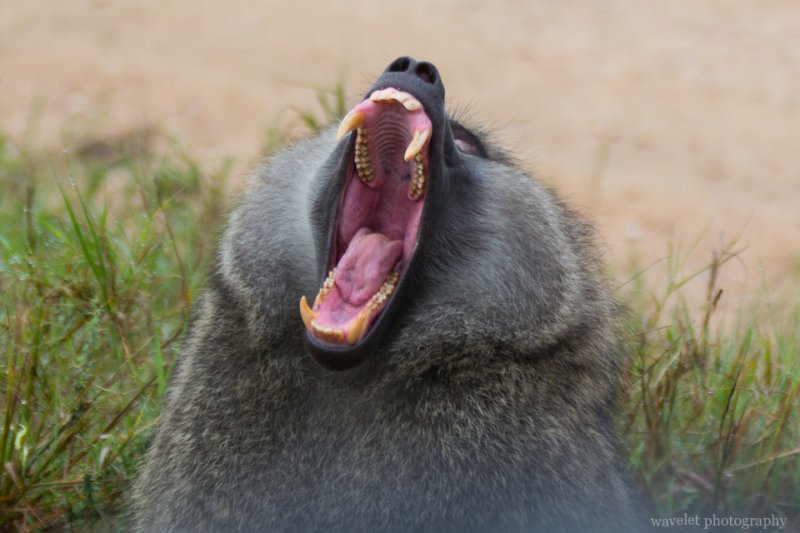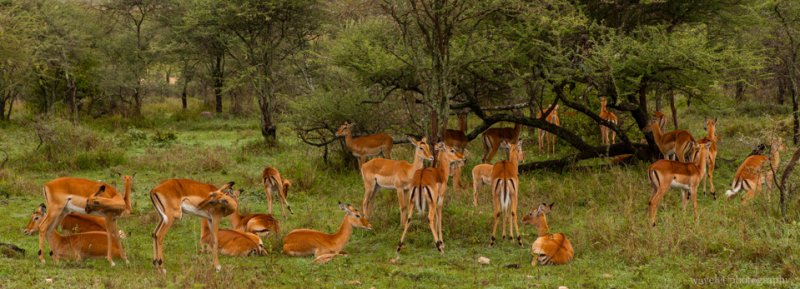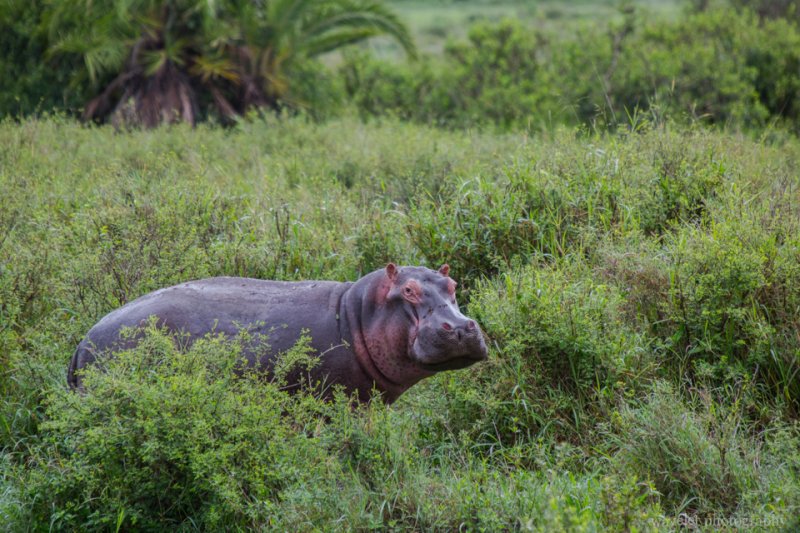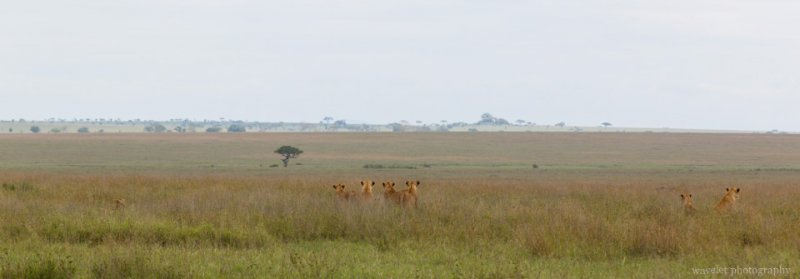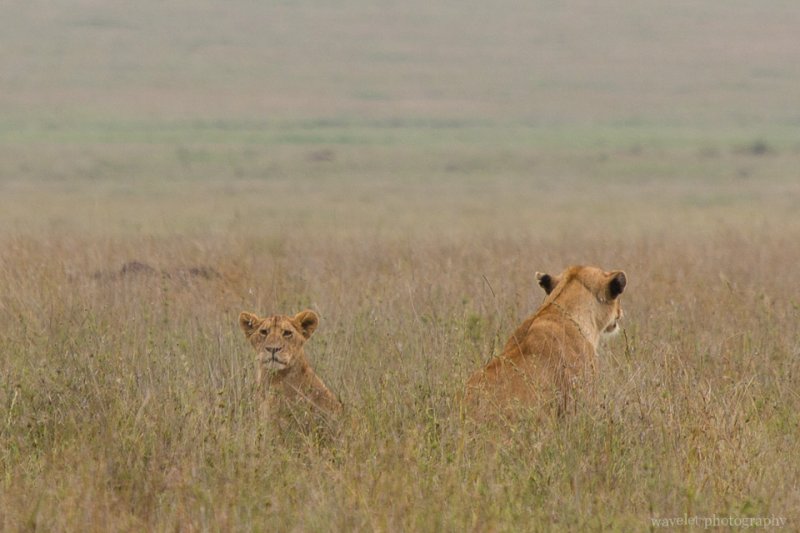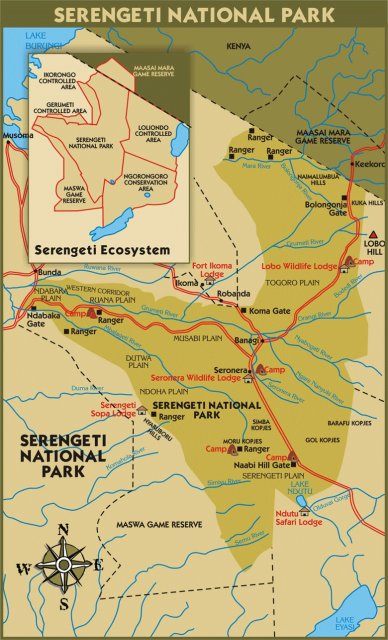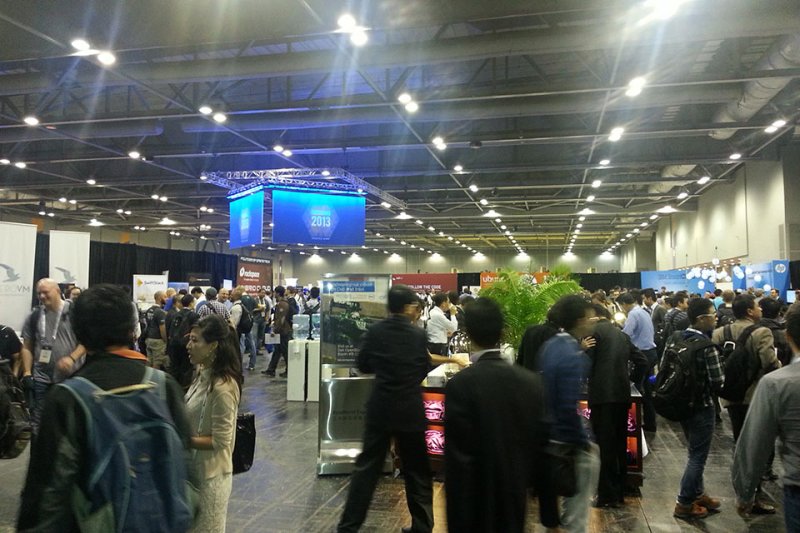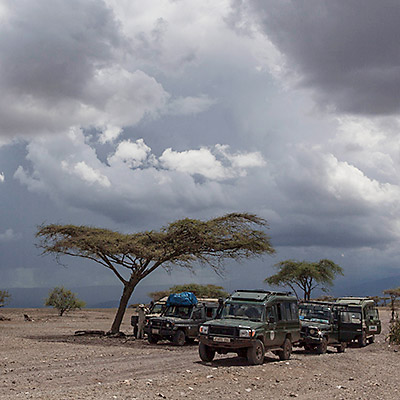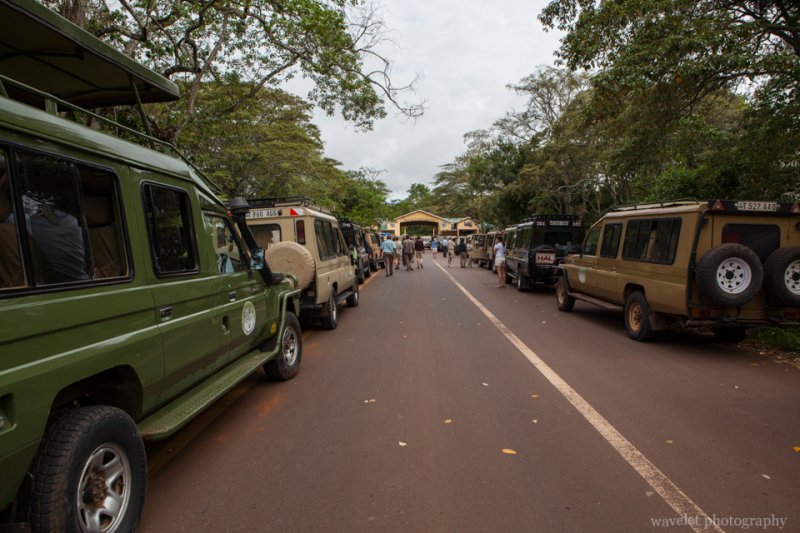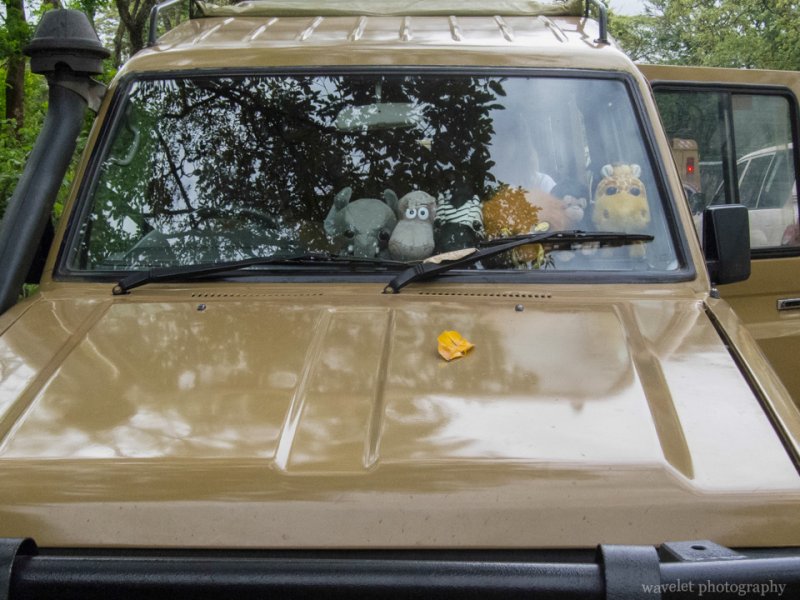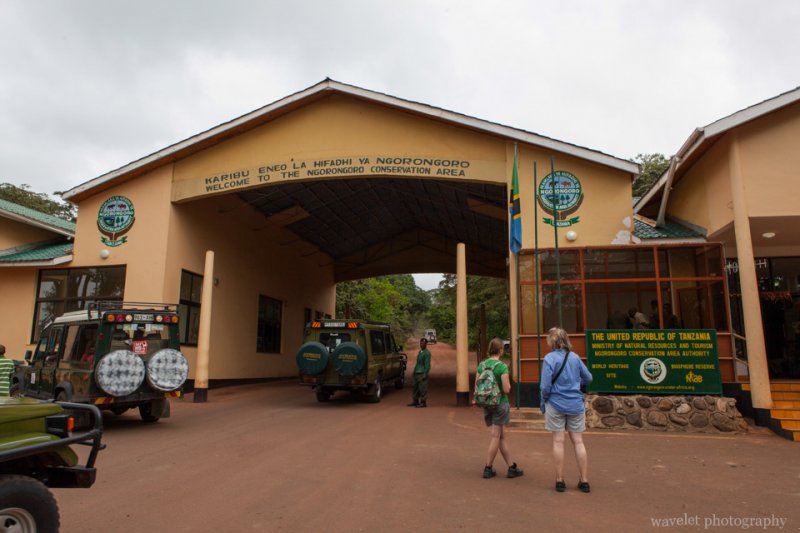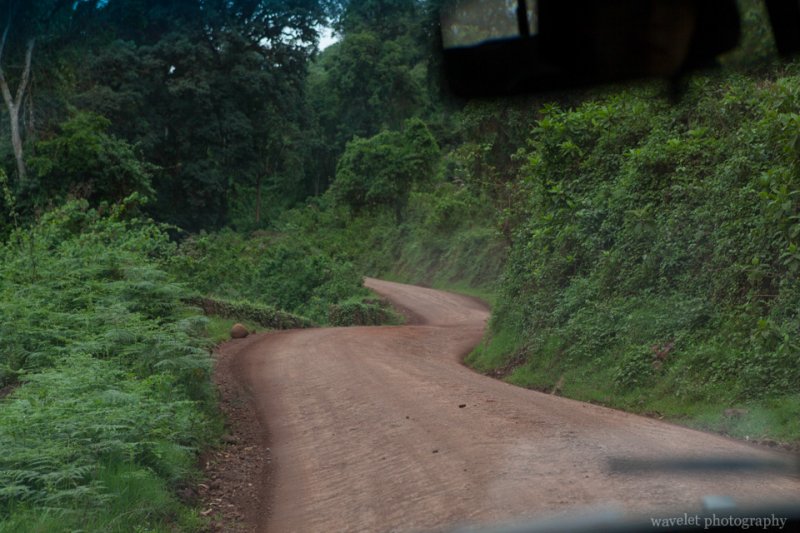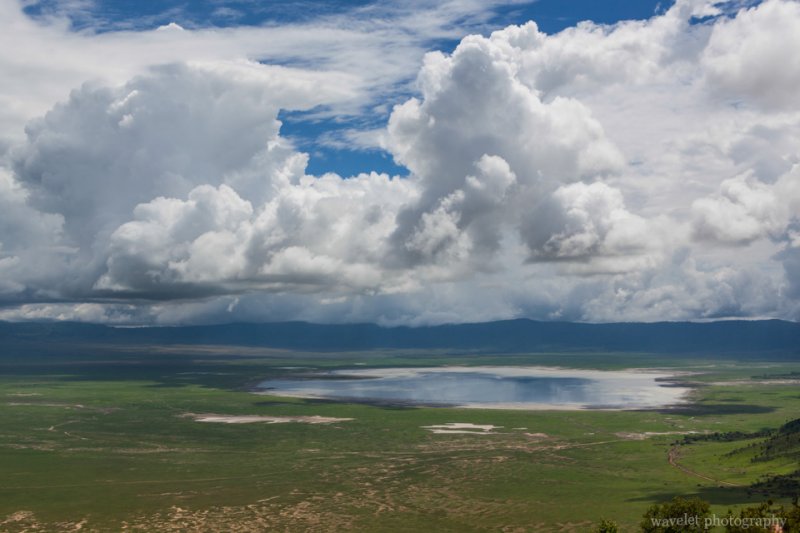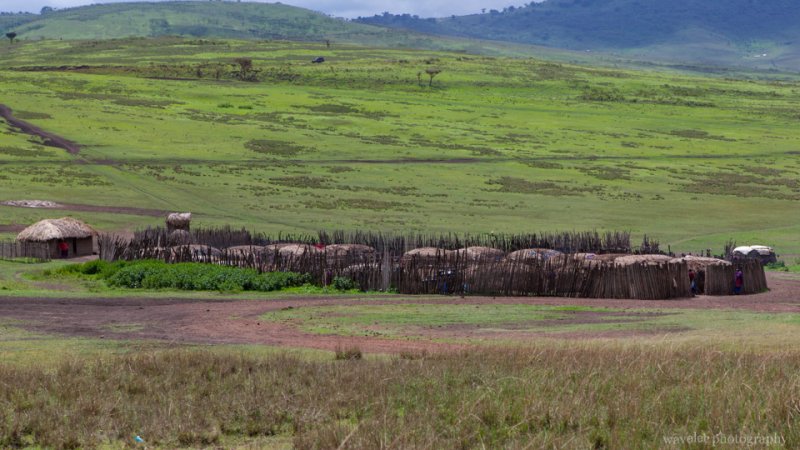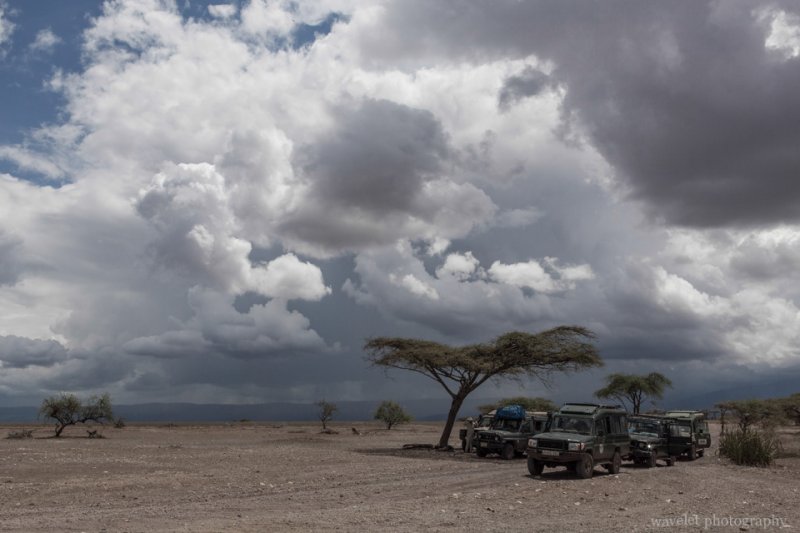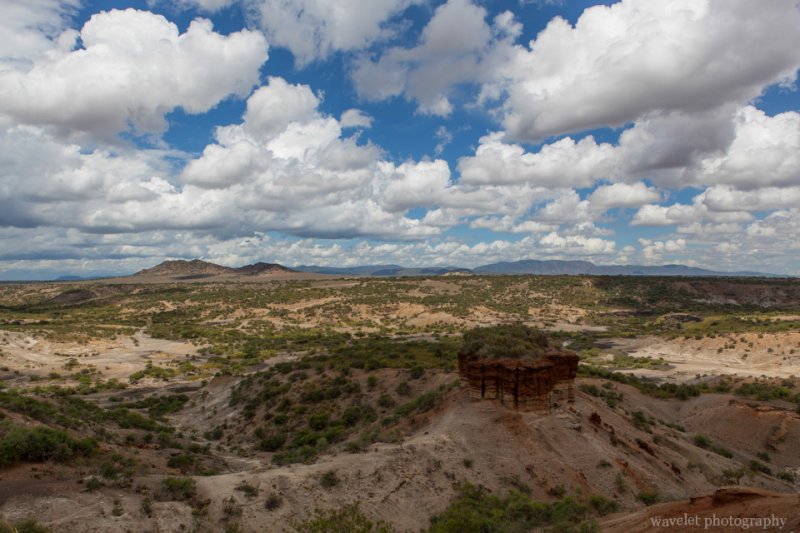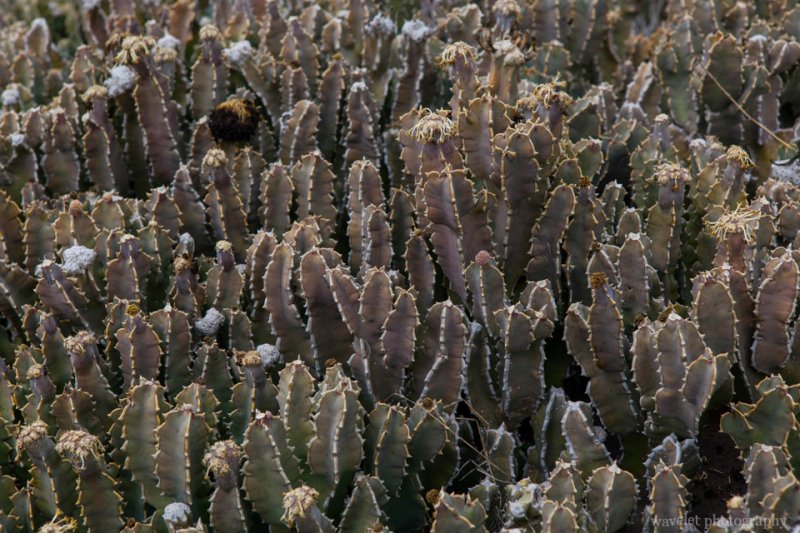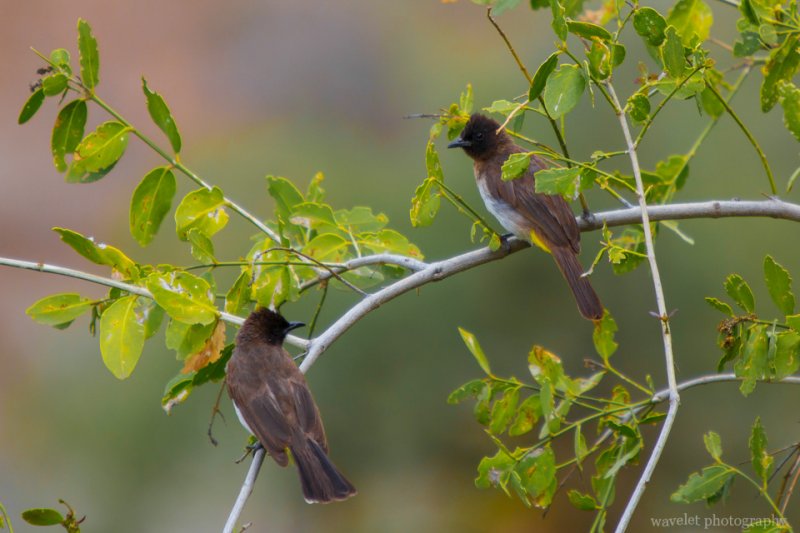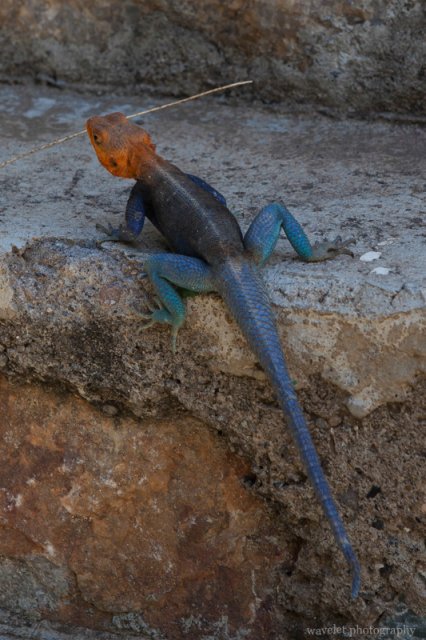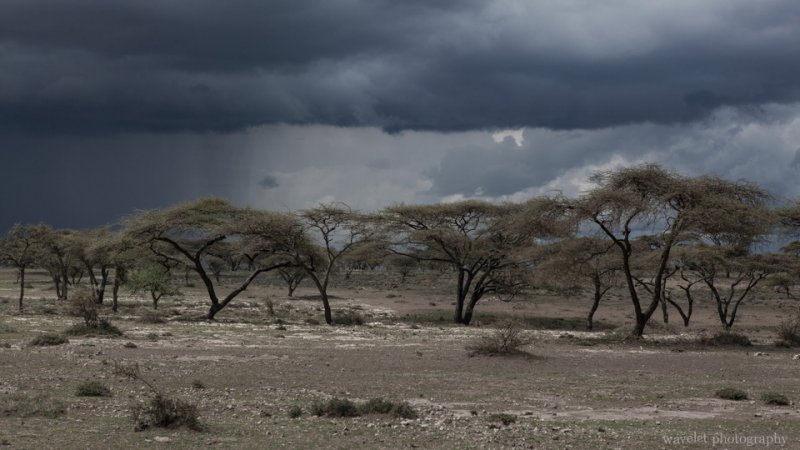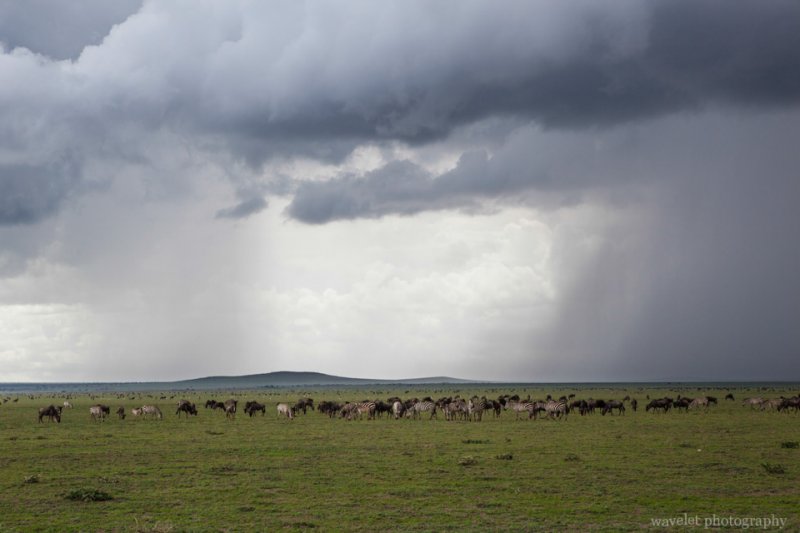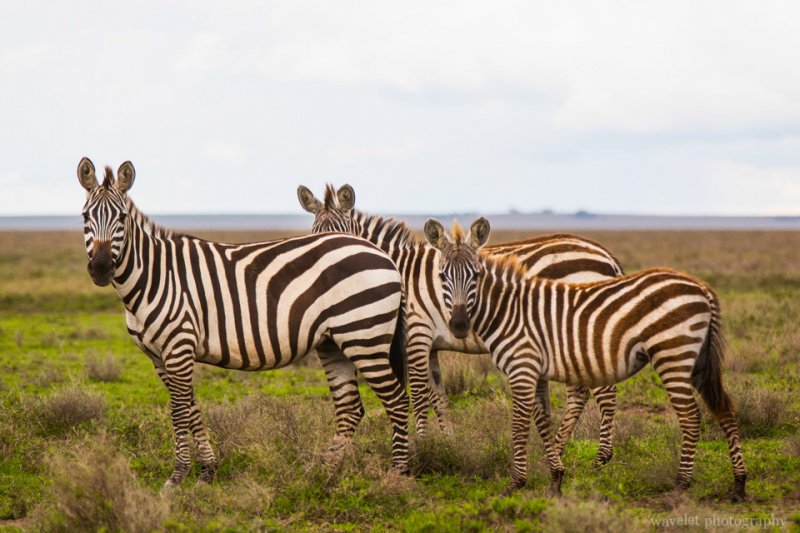Eastern Canada and Maine – Acadia
2013.10.1~3We left Quebec City in the morning. We’d take Quebec Autoroute 73/173 and then Maine Route 201 to Acadia National Park. We chose this time of the year and included Maine in our itinerary with the expectation to see the famous New England’s fall color. From Toronto to Quebec City, we hadn’t seen any obvious color change by the highway. It could be still a couple days too early, we had thought.
In fact, our timing was perfect. I had lived in East Coast for two years in the past and I had been to White Mountain in New Hampshire. I still had those vivid memory of the trees in burning red and multicolored hillsides, but I was literally astonished by how nature revealed herself, turn by turn, while driving at this section of the highway. Millions of trees in brilliant yellow, orange, red and golden color filled the entire region and extended as far as eye could see. It’s like an endless and seamless carpet covering the low hills along the road. The scale was incomparable, and the view was so intense that I doubted if I would watch other fall color displays with any feeling.
Indeed I didn’t expect this. I should have planned one more day to explore the area. We couldn’t find a good place to make a stop either, so no pictures. After about one and half hours, hightway 73 ends in the Beauce region. We turned to Route 173 which runs along the Chaudière River. For another one and half hours, we reached Canada and US border near Jackman, Maine.
The highway became Maine Route 201. The roadside view continued to be good, but especially wonderful around Wood Pond area. This is a small town. We had our picnic by the lake.
Route 201 run across Maine. We had lunch at Skowhegan, then we turned to I95 North and later Rd. 1A toward Acadia National Park on Mt. Desert Island. At around 5:30pm, we arrived at Holiday Inn Bar Harbor. The main building of the hotel had probably been renovated, it’s also called Bar Harbor Regency. Facing Frenchman’s Bay, the hotel offers beautify ocean view. With the open building arrangement, spacious room, nice restaurant and garden and over 1000-feet ocean front, it’s the most comfortable stay during our trip, the cheapest too.
The hotel is 10-minute drive from the town. We had the dinner at a Chinese restaurant, China Joy, on the main street. Their crab dish was quite good. My in-laws finally had some comfort food after several days. Bar Harbor is a small town. Most shops are along the main street. There are several restaurants by the bay serving famous Maine lobsters.
After we returned to the I hotel, I asked with the front desk what is the best way to get to Cadillac Mountain the next morning. I was told that the government shutdown had just taken effect on the day. We had been on the road without following the news. It did happen. I later learnt that many visitors came from foreign countries to see America’s National Parks got so disappointed because all the parks were closed. Compared to them, we were still lucky.
I got up at 5am the next day morning. Much of Mt. Desert Island belongs to Acadia National Park, the rest is the private land. The roads that lead into the park were blocked, but visitors could still hike or bike into the park. It’s said that the summit of Cadillac Mountain sees the first sunrise of America, but there is another even more popular subject for photography in the park, Bass Harbor Lighthouse.
It took almost half an hour to reach the east side of the park. Before got into Seawall Rd. loop, I noticed a small Harbor on my left. Fishing boats dotted the tranquil harbor. Their reflections on the water contrasted perfectly against the backdrop of the horizon whose color had started getting warm. I got off the car and took some pictures.
About 100 feet forward, two fellow photographers were also anxiously waiting for the sunrise and busy with their gears. I joined them for another set of pictures. We were blessed with wonderful settings, no cloud on the horizon but just enough cloud in the sky. In terms of pure sunrise in the good weather condition, this is the best I’ve every seen.
I walked to lighthouse and checked around the area, then I returned to the Seawall Rd. and took some pictures by the coastline. Covered by the seaweed, the rocks are very slippy.
I made several stops at Echo Lake by Maine 102. There was absolutely no wind. The lake surface was like a mirror. No wonder it’s called Echo Lake.
After breakfast, I took my wife and in-laws into the park. We almost followed the same route as my morning excursion, but only diverted to Maine 198 South to the Upper and Lower Hadlock Pond. Unfortunately, it’s breezy when I brought them to the same spot at Echo Lake. It didn’t seem attractive any more.
Compared to Bar Harbor, Southwest Harbor is much less crowded. There are only a handful business here. We had lunch at Little Notch Bakery.
We tried to get to Seal Cove area but got lost. On our way back, we stopped at the north shore of Somes Sound. Acadia National Park is famous for the broken coastline. Somes Sound carves deep into the island. It’s the only fjord on the US Atlantic Coast.
Got some rest in the afternoon. We went to Bar Harbor again in the early evening. There is an interesting place at the end of Bridge Street. A gravel pass is exposed at low tide for a couple hours, so people can walk from here to Bar Island. We had walk half way to the island. It’s breezy, warm and relaxed.
The third day morning, I still got up early, but considering we’d drive to Boston, I decided not to shot the lighthouse in sunrise. Instead, I only went to the seashore near Bar Harbor and took some pictures of Acadia’s signature rocky coastline.
We checked out the hotel at 9am and were on our way to Boston. The fall color on I-95 were wonderful. I later learnt what we experienced was the best fall weather in 15 years.
Our flight back to California was at late afternoon. We briefly stopped at Augusta, the state capital of Maine. It’s one of the smallest capital cities in America.
We also made a break at Portsmouth. We had some coffee and did some shopping too. I had been here in 1997, 16 years ago, on the last day of the White Mountain trip with my classmates. Supposedly, I should have some sense of nostalgia, but I really had no memory of what the city had looked like.
As expected, the street to Boston was crowed and messy, but we managed to end our trip smoothly and leave us a lot of beautiful memory to recollect.
